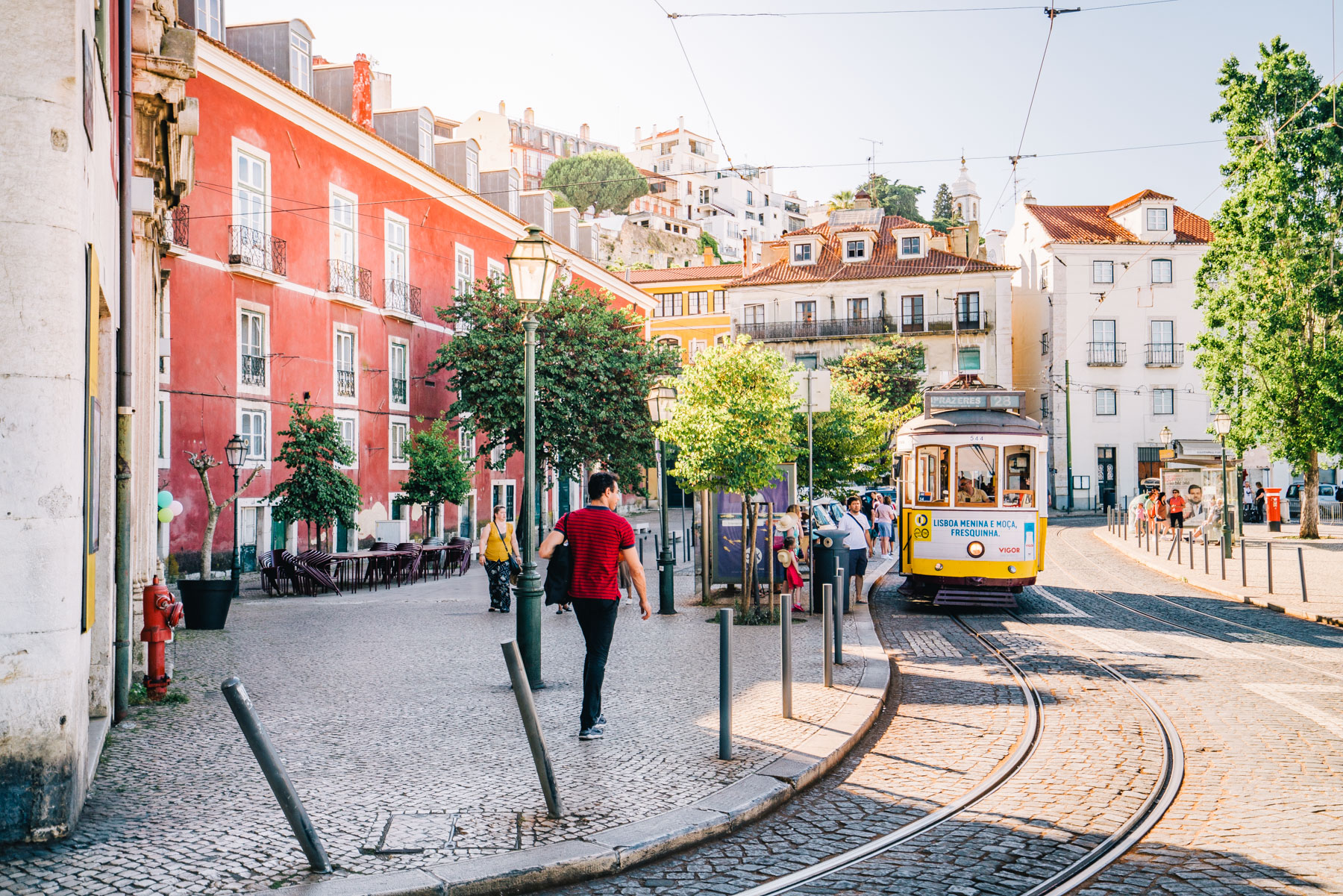
Helpful List of the Best Things to Do in Lisbon, Portugal
More than any other European city I’ve had the pleasure of visiting, Lisbon has my heart. Five years ago, my husband and I first visited Lisbon for 4 days during our honeymoon and found ourselves completely impressed (and smitten).
In fact, we enjoyed Lisbon so much that we vowed to return for a longer stay. We wanted to get a better feel for this underrated gem. Since then, we’ve visited Lisbon 4 times and then returned for two (separate) month-long stays.
The splashes of pastel-covered homes, tiled houses, red roofs and endless panoramic views, we found it downright irresistible. We’ve watched locals rattle on windows to catch up with friends, witnessed neighbors airing laundry while groups of tourist gather below.
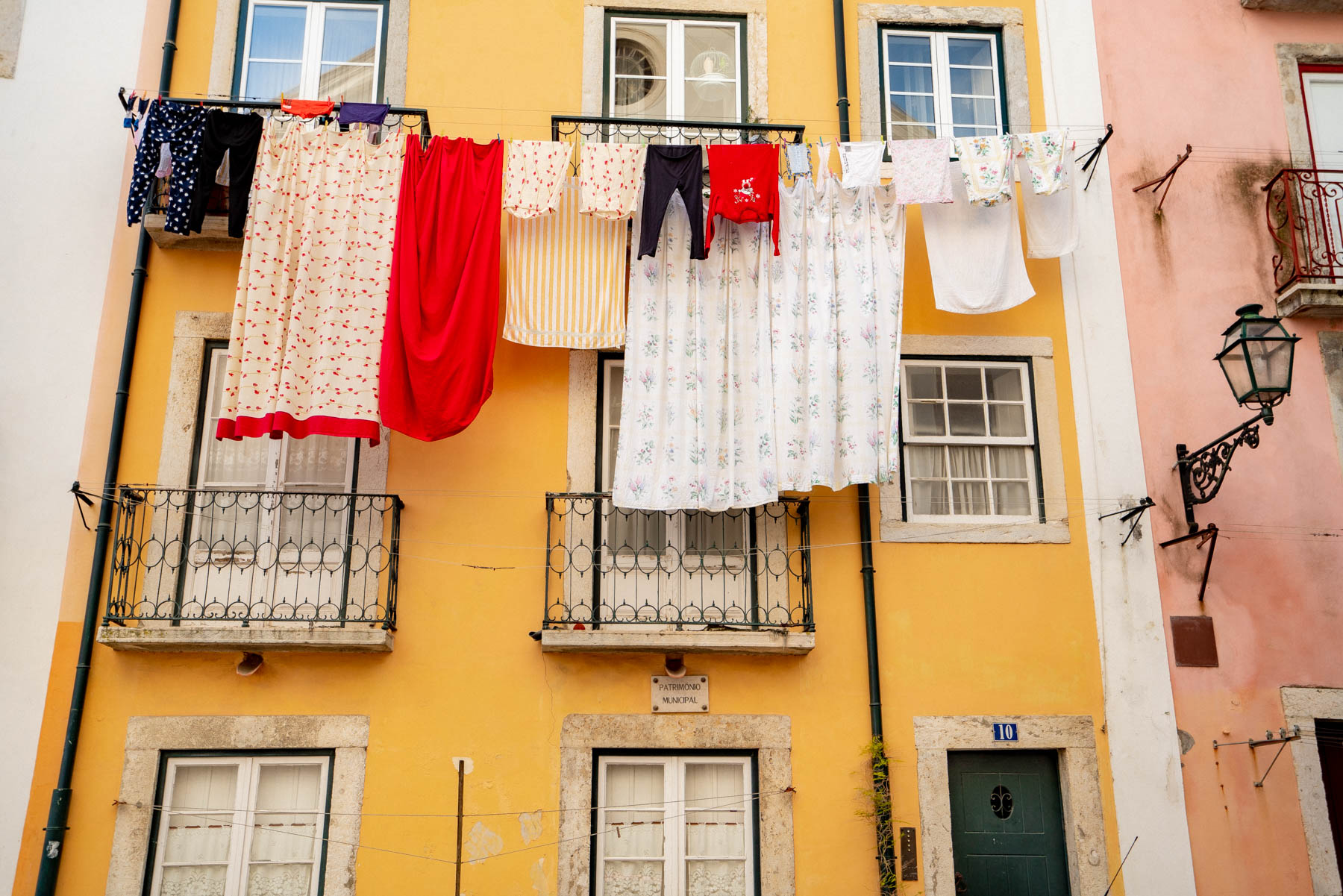
Lisbon is one of the most authentic European cities we’ve been to and one that is best enjoyed slowly. It’s a great city to add for anyone interested in exploring Europe beyond the traditional big cities (Paris, Amsterdam, Rome, etc.).
Don’t get me wrong, those cities are worth exploring in their own right, but Lisbon is off the beaten track and offers a different kind of joy. But look at me getting ahead of myself!
Let’s cover everything you need to know before visiting Lisbon for the first time by rounding up the best things to do in Lisbon, Portugal. Hope you enjoy!
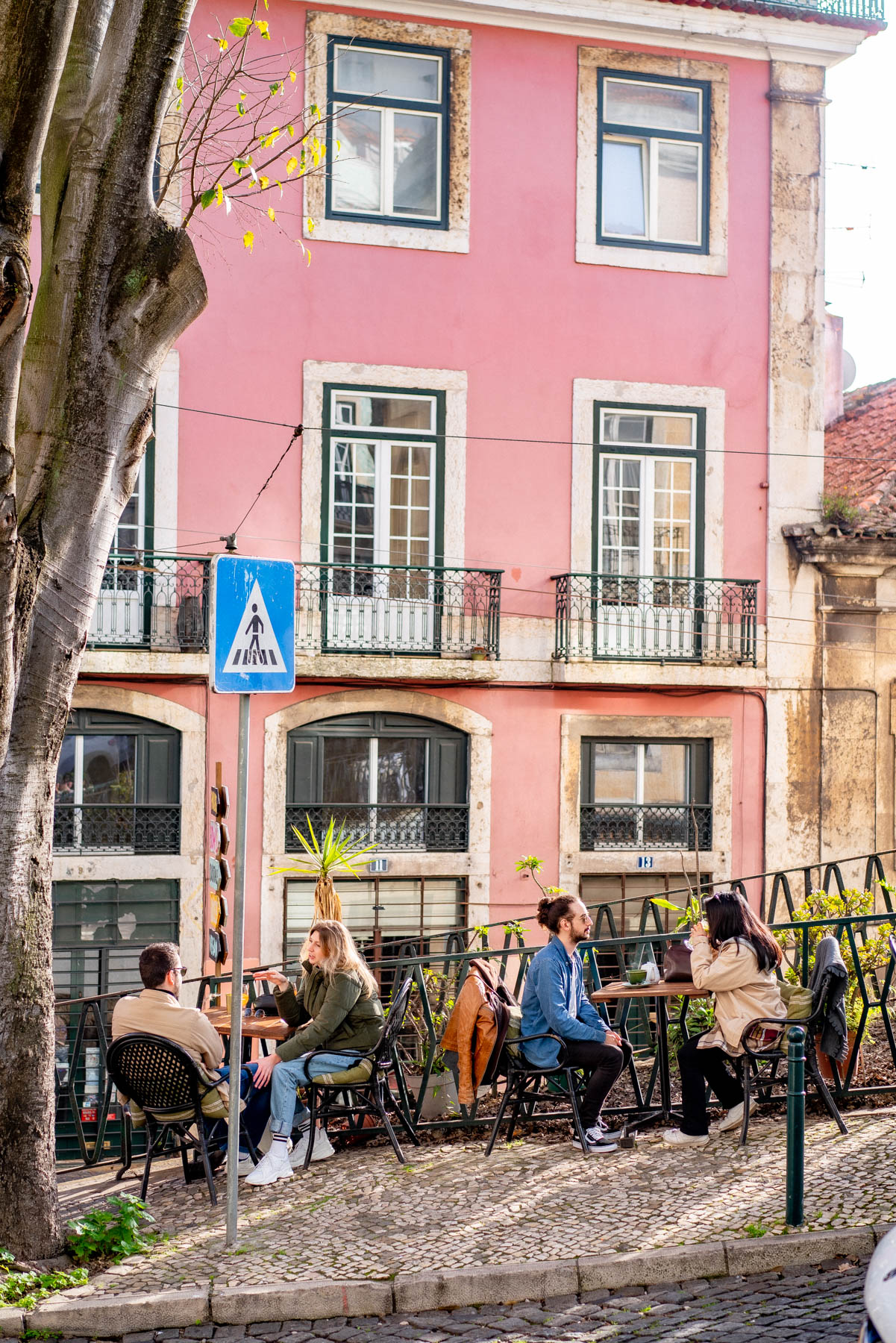
Where to stay in Lisbon. If you haven’t booked accommodations yet, here’s my favorite hotel in Lisbon. It’s where I personally stay while visiting Lisbon for a few days. If you’re looking for luxury (way to go, you!) this is where we splurged for our honeymoon.
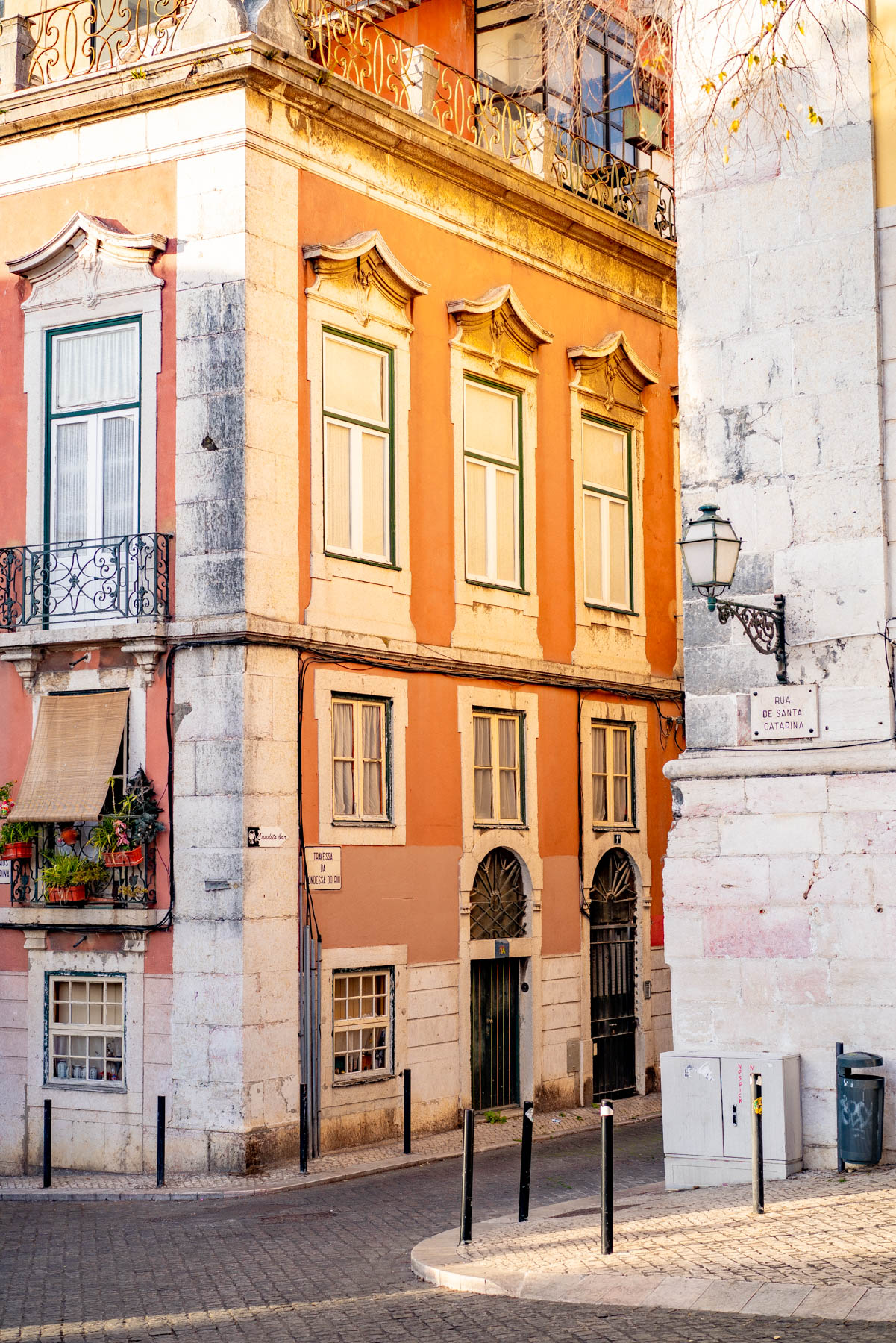
Am I qualified to write about visiting Lisbon?
Fair question. My name is Antonina (nice to meet you!) and I’m an American traveler that spends 6 months of the year abroad. I’ve visited Lisbon 4 times in the past five years and have done two separate month-long stays in the city.
Lisbon is my favorite place to spend winter (my husband and I typically spend the month of January in Lisbon). The city is vibrant, affordable and endlessly sunny. Plus, the locals are some of the kindest we’ve come across.
All told, I’ve spent a collective 3+ months exploring Lisbon and have lived in the city for two (full) months.
I’ve had the pleasure of getting lost on meandering backstreets while searching for home at a leisurely pace. Slowing down in Lisbon has given me a unique opportunity to enjoy quiet local spots I’ve yet to see in guidebooks.
To that end, allow me to share my personal list of best things to do in Lisbon. If you have any questions while reading this list, please don’t hesitate to reach out with questions, I’m here to help.

Important to Know Before Visiting Lisbon: The Great Lisbon Earthquake
You can’t write about Lisbon without mentioning the great 1755 Lisbon earthquake, which destroyed approximately 80% of the city. The earthquake scarred Lisboetas for generations, and the lingering impact can be felt to this day.
Here’s what you need to know: On November 1, 1755 Lisbon was awakened by what would become one of the deadliest earthquakes in history — and the worst day in Lisbon’s history. When the earthquake passed, fires engulfed the city because most homes were adorned with lit candles in honor of All Saints Day.
And then? Well, a tsunami rolled through (not kidding) and destroyed what was left of the city. All told, the nightmarish event raged through Lisbon for five full days. If you’re interested, I’ll share more details in the article further below because the story is fascinating (but long).
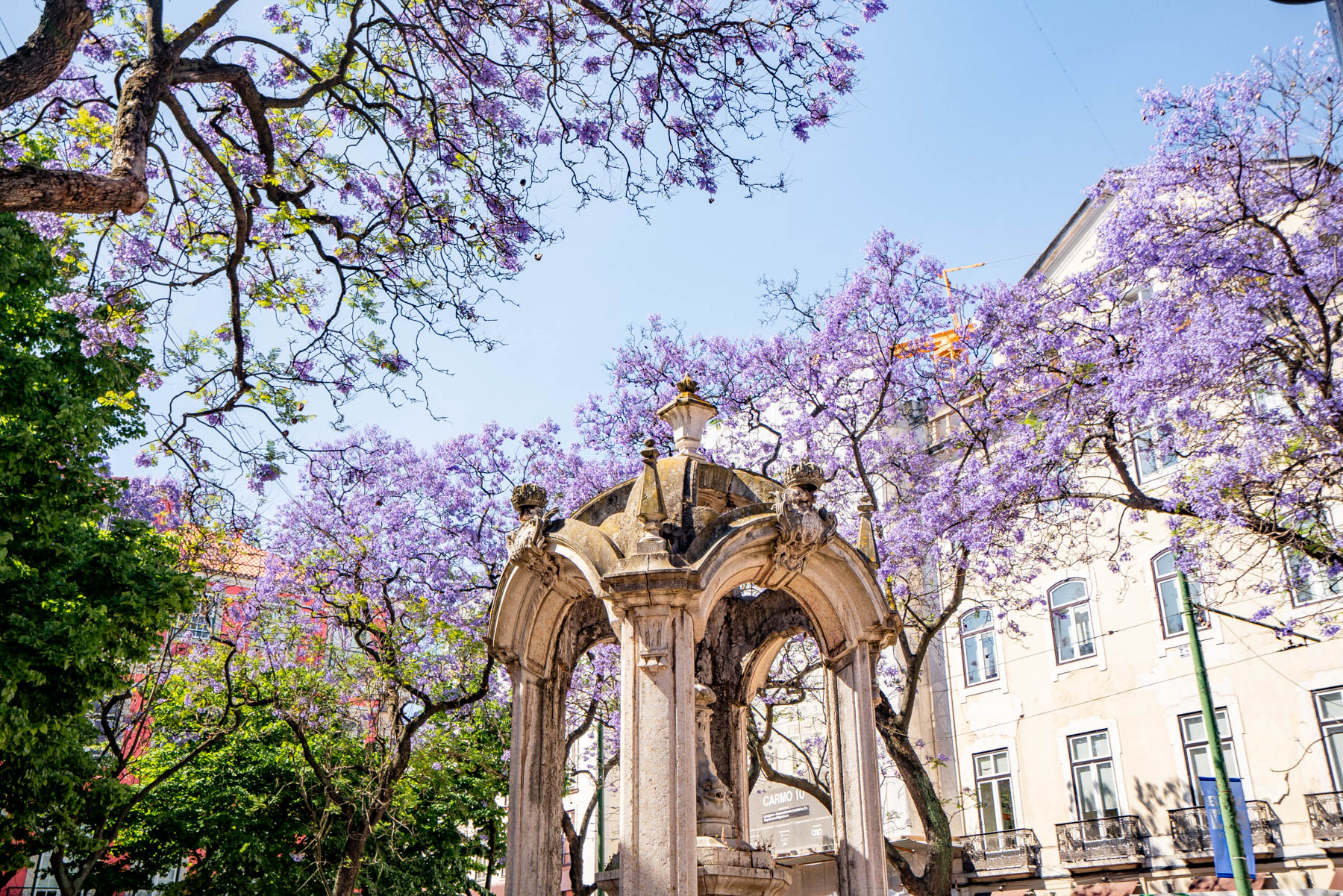
10 Best Things to Do in Lisbon, Portugal
Table of Contents (Jump Around!)
Visiting Lisbon Best Things to Do
- 10 Best Things to Do in Lisbon, Portugal
- #10. Visit the Lisbon Cathedral
- #9. Explore the Charming Alfama District
- #8. Hop Aboard Tram 28
- #7. Catch Sunset at Portas do Sol
- #6. Learn About the Elevador de Santa Justa
- #5. Eat Your Weight in Pastéis de Natas
- #4. Explore the Tower of Belém
- #3. Visit the Monastery of Jerónimos
- #2. Tour the Carmo Convent
- #1. Explore St. George’s Castle (Castelo de São Jorge)
- #1. Visit the Oldest Bookstore in the World
- #2. Visit the National Tile Museum (Museu Nacional do Azulejo)
- #3. Take a Break at the Praca do Comercio
- #4. Take a Day Trip to Sintra, Portugal
- #5. Discover the Joy of Portuguese Wine
- #6. Explore Bairro Alto & Chiado
- #7. Soak Up the Views at the National Pantheon
- #8. Tour the National Coach Museum
- #9. Explore Lisbon’s Historic Downtown District (Baixa)
- #10. Stroll Down Pink Street
- #11. Get Your Fill of Seafood While Visiting Lisbon
- #12. Visit the Gulbenkian Art Museum
- #13. Bike Along the Promenade in Belém
- #14. Visit the São Vicente de Fora Monastery
- #15. Grab a Bite at the Time Out Market
- #16. Explore the LX Factory
- Restaurant Culture While Visiting Lisbon
- Best Things to Do Lisbon, Portugal (Post Summary)
- Map of the Best Things to Do in Lisbon
#10. Visit the Lisbon Cathedral
Built in 1147, the Lisbon Cathedral is the oldest church in Portugal and the oldest building in Lisbon. This incredible structure miraculously survived the devastating earthquakes that have marred 80% of Lisbon.
Admittedly the cathedral was severely damaged after the major 1755 earthquake, but it has been properly renovated over the years and was designated a National Monument in 1910.
The towering structure is a sight to behold and stands a stark contrast to the busy streets of Lisbon. As such, visiting this historic cathedral is one of the best things to do in Lisbon, especially for history buffs. Free admission.
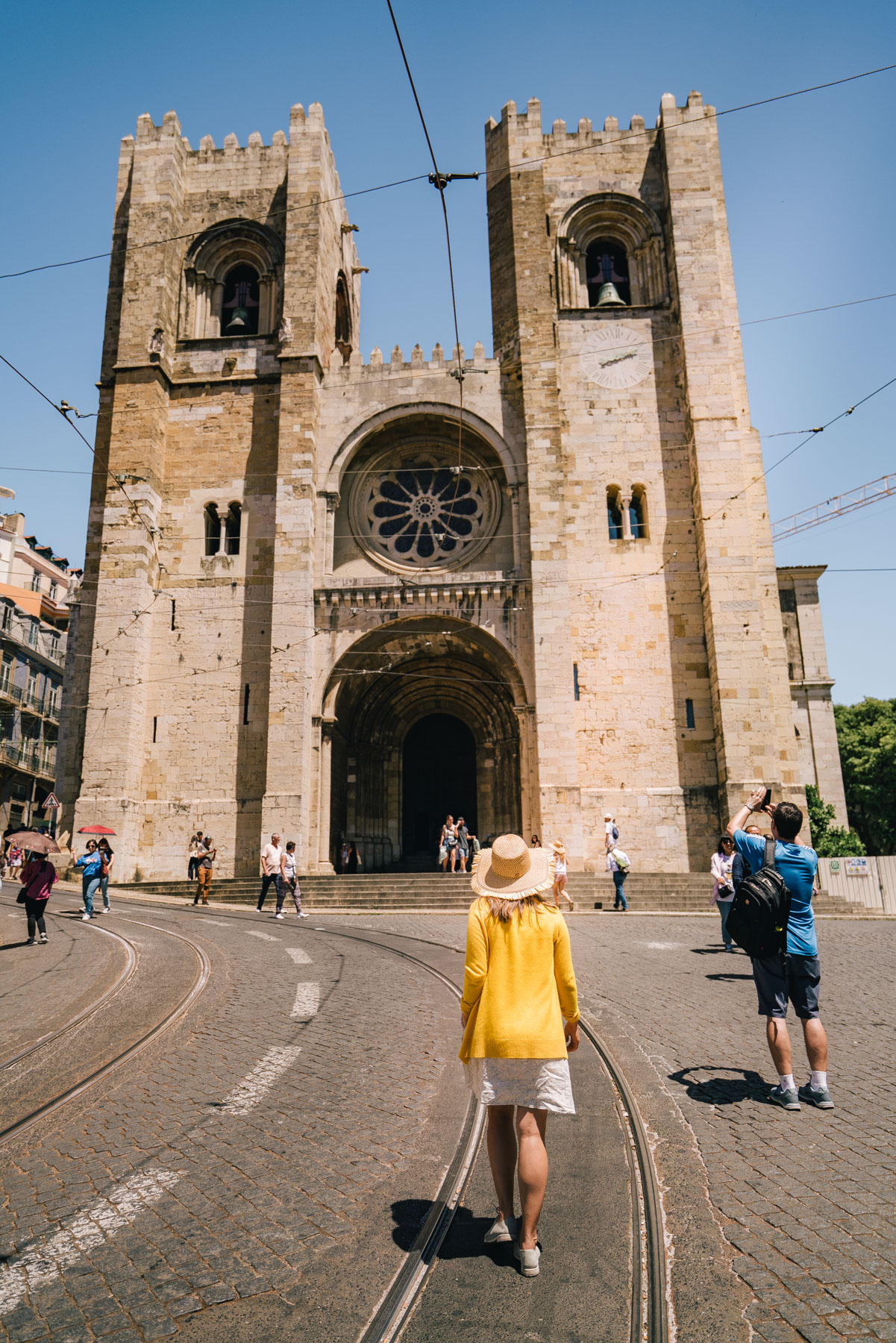
#9. Explore the Charming Alfama District
The Alfama District is one of the most charming (and oldest) areas in Lisbon. As such, it’s ripe for exploration and ended up being one of our favorite things to do in Lisbon.
In fact, during our month in Lisbon, we felt ourselves drawn to Alfama almost daily. Between the warmth of the people, inviting al fresco restaurants, narrow streets and iron-clad balconies, we were smitten.
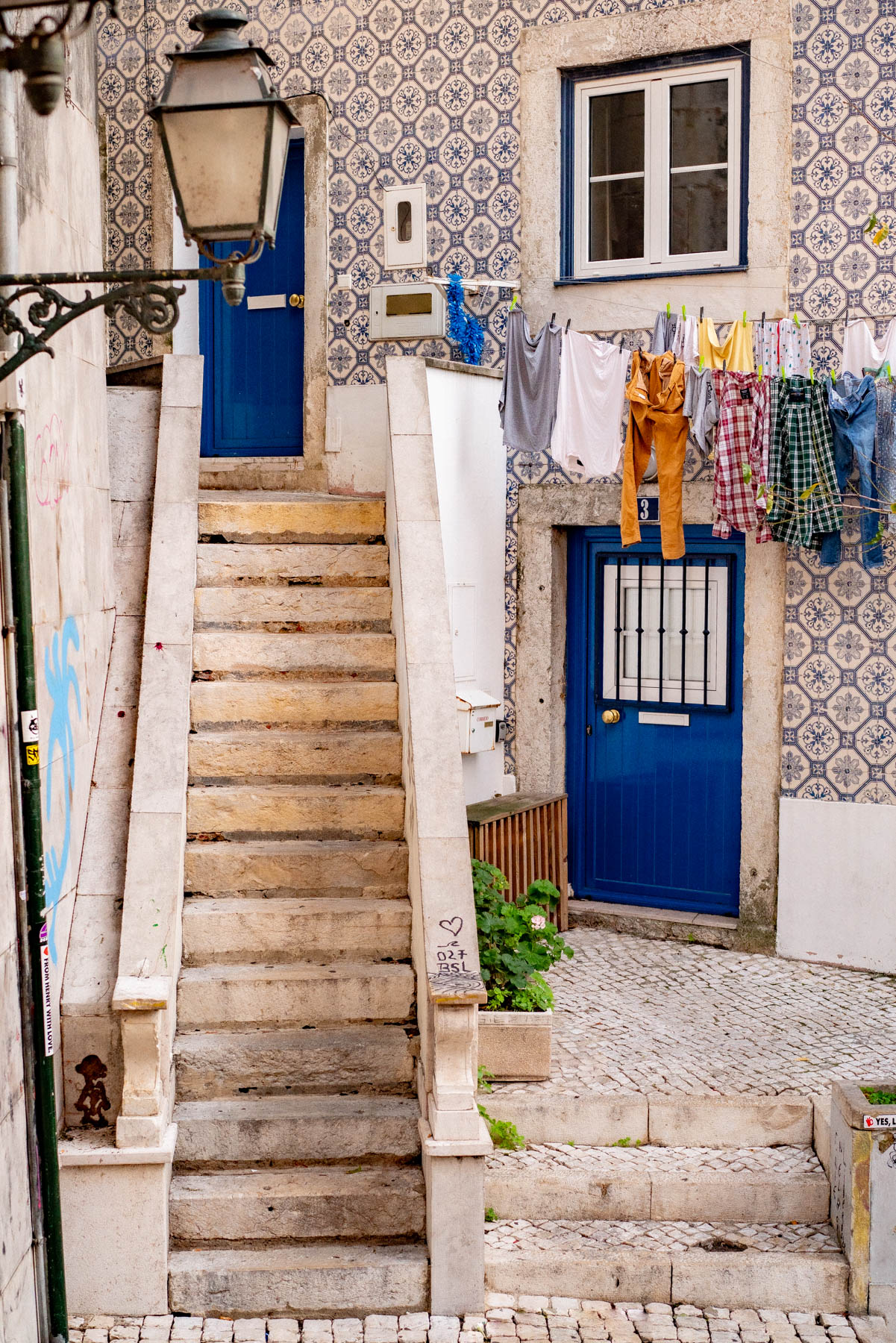
Wander aimlessly and you’ll find yourself pleasantly surprised by various viewpoints, old churches, people-watching opportunities, stores and cafes. There’s never a shortage of great things to see in Alfama, you can be sure of that.
All this to say, wandering the meandering streets of the Alfama District is one of the most exciting things to do in Lisbon. You won’t want to miss it.
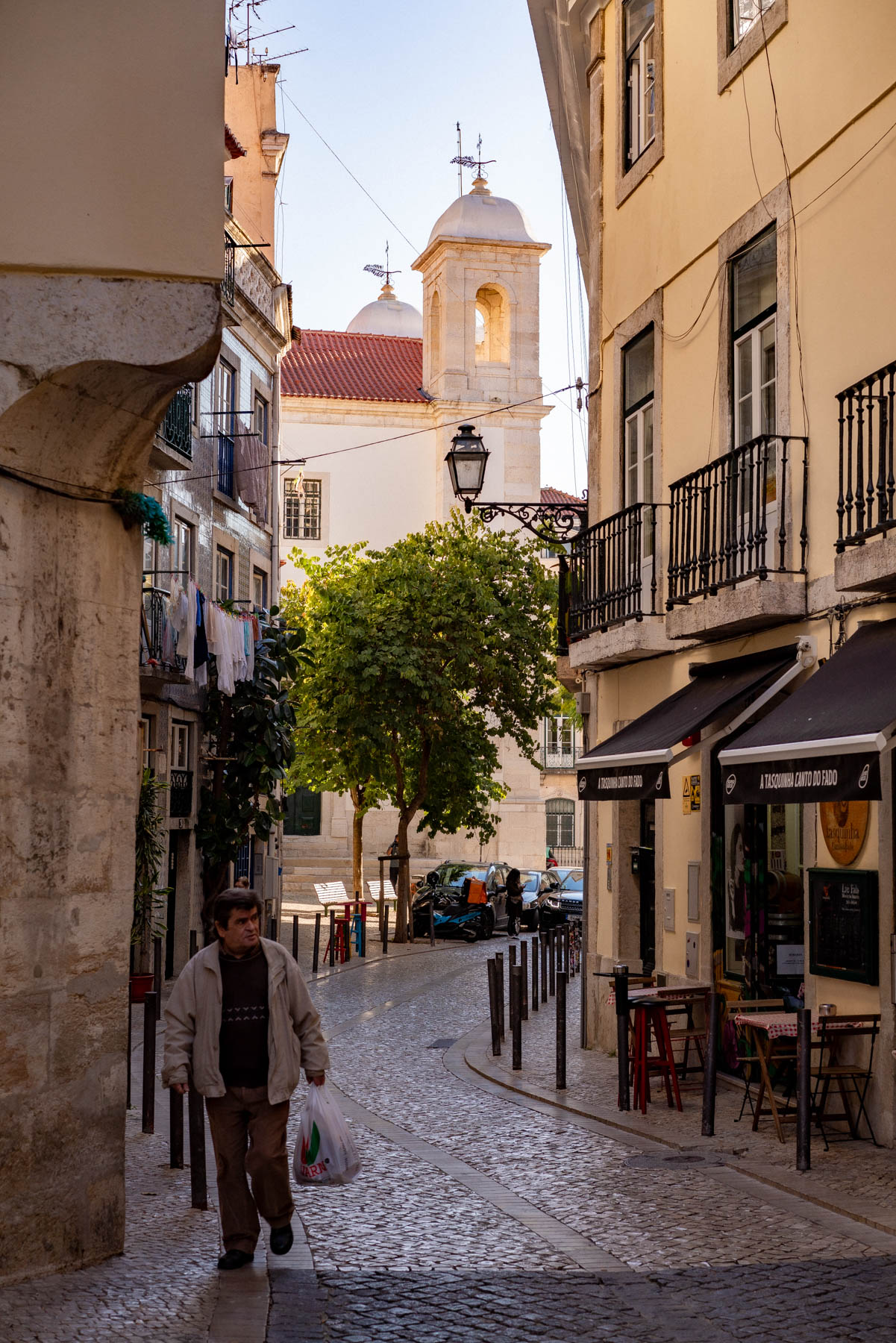
Authentic Lisbon Experiences: Listening to Fado
Fado is a unique style of music that originated in Lisbon in the 1800s. It’s like our version of country music, where the entire song is about heartache. The only thing they’re missing in Fado is a pickup truck and optimism.
A tradition deeply rooted in the Portuguese culture, Fado dates back to 1820. Experiencing this unique activity is one of the best things to do in Lisbon, so make your way over to Alfama in search of a restaurant with Fado music.
Fado typically takes place in restaurants during the late evening hours, where a vocalist serenades diners with soulful and melancholy songs. The acoustic strings of a guitar accompany the melody and set a very relaxing tone for the night.
Enjoy the experience over a romantic candle-lit meal while visiting Lisbon for an experience you won’t soon forget. If you need some direction, the most popular spots to hear Fado are Casa de Fados and Mesa de Frades.
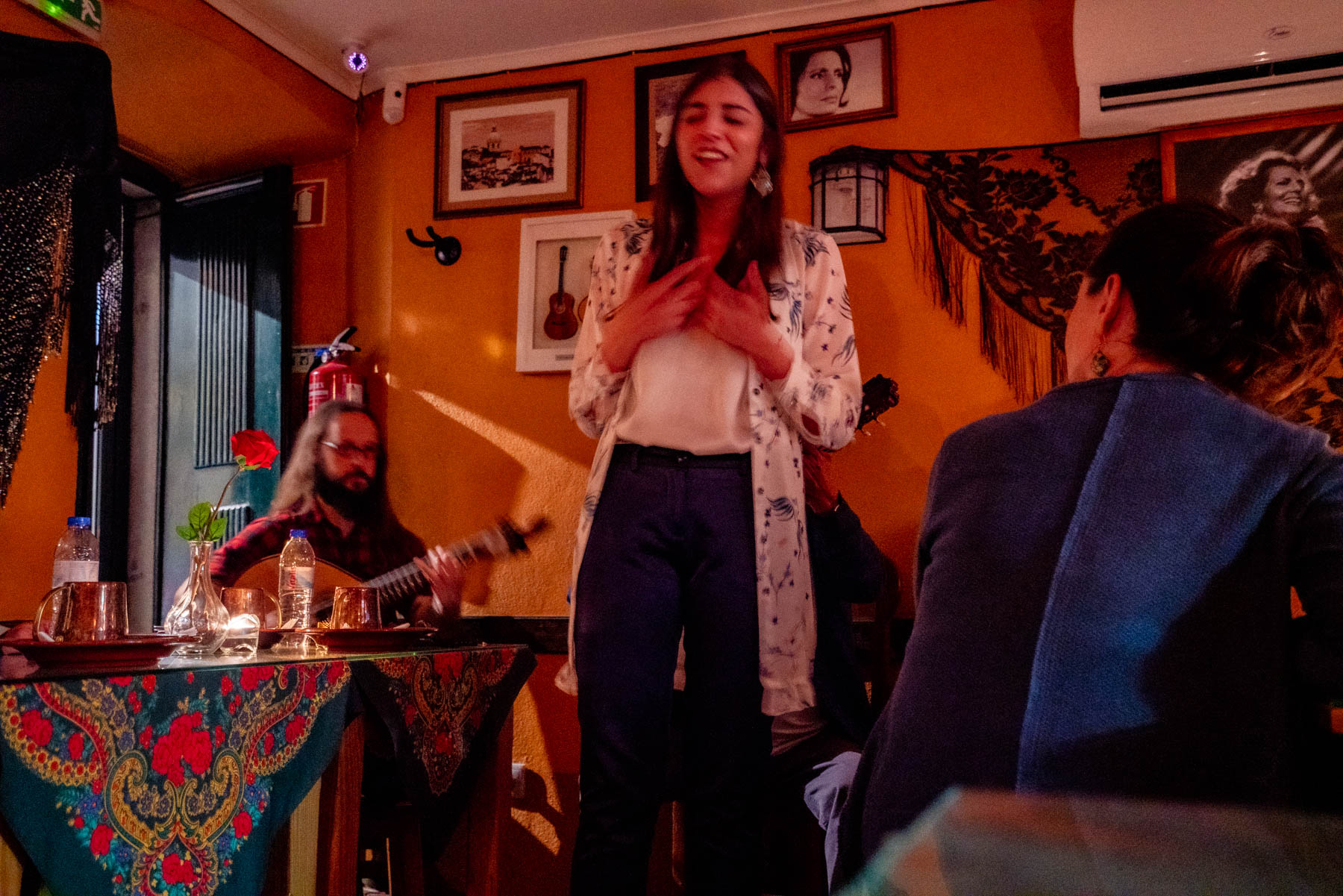
#8. Hop Aboard Tram 28
You simply can’t visit Lisbon without taking a photo of the iconic yellow trams that run through the city. Built in England in the 1930s, these charming trams have become icons of the city.
The most famous line is #28, which meanders through the historic heart of Lisbon (Alfama, Baixa and Chiado). Ascending steep hills and offering breathtaking views along the way.
Hopping aboard Tram 28 is a great way to get accustomed to the layout of Lisbon. It’s also a great way to get from the flat Baixa district to Alfama while avoiding climbing the steep hills.
The tram runs 3€ per person (tickets purchased from driver) and the entire route takes 40 minutes.
Note: Tram 28 is a hot-spot for pickpockets, keep your belongings close.
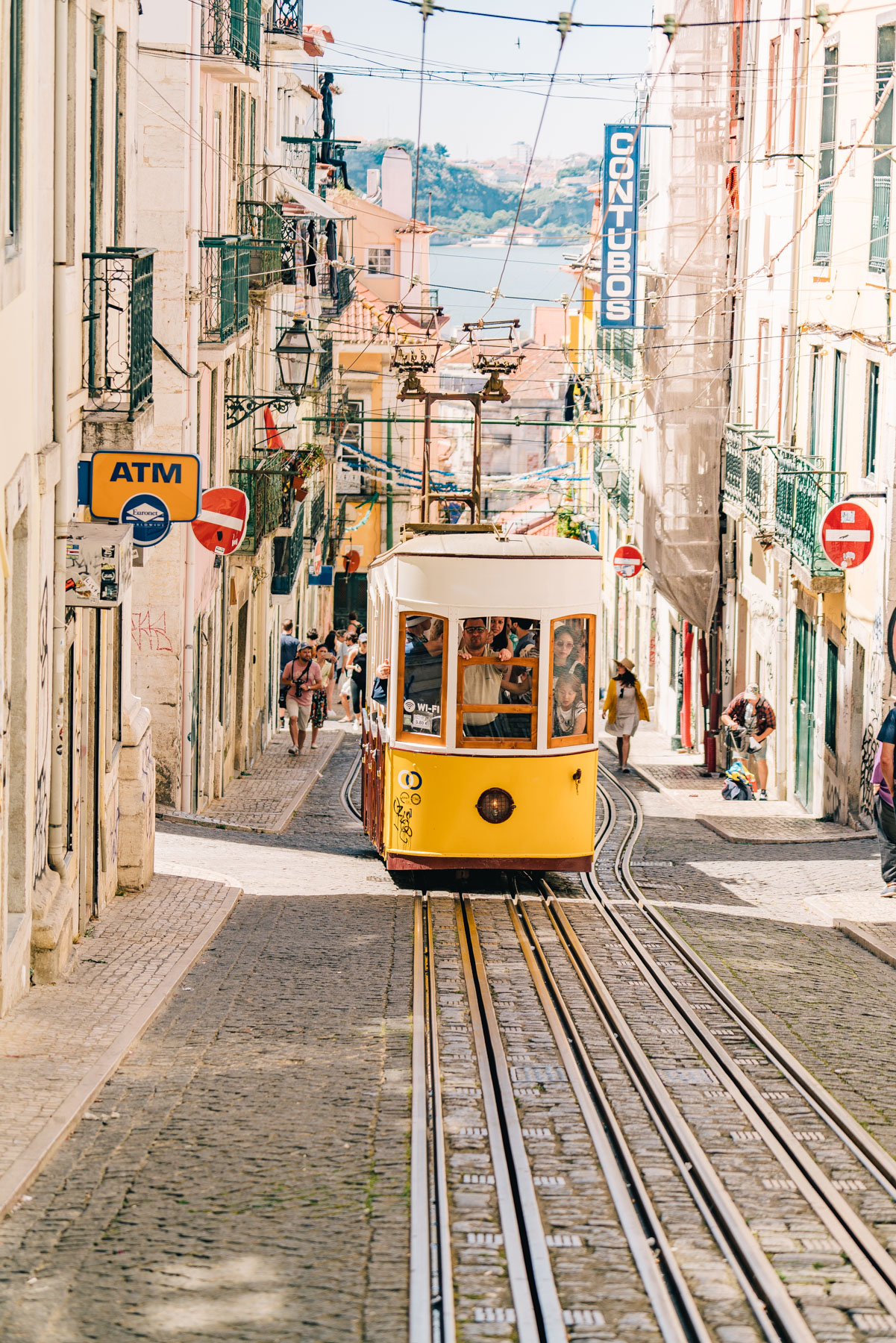
#7. Catch Sunset at Portas do Sol
Lisbon is known as the City of Seven Hills which means the panoramic views are ripe for the taking (if you’re willing to get your heart pumping).
As such, catching sunset from a viewpoint (called miradouros in Portuguese) is one of the most iconic things to do in Lisbon. You’ll be rubbing elbows with locals and tourist alike, everyone eager to bid farewell to the setting sun.
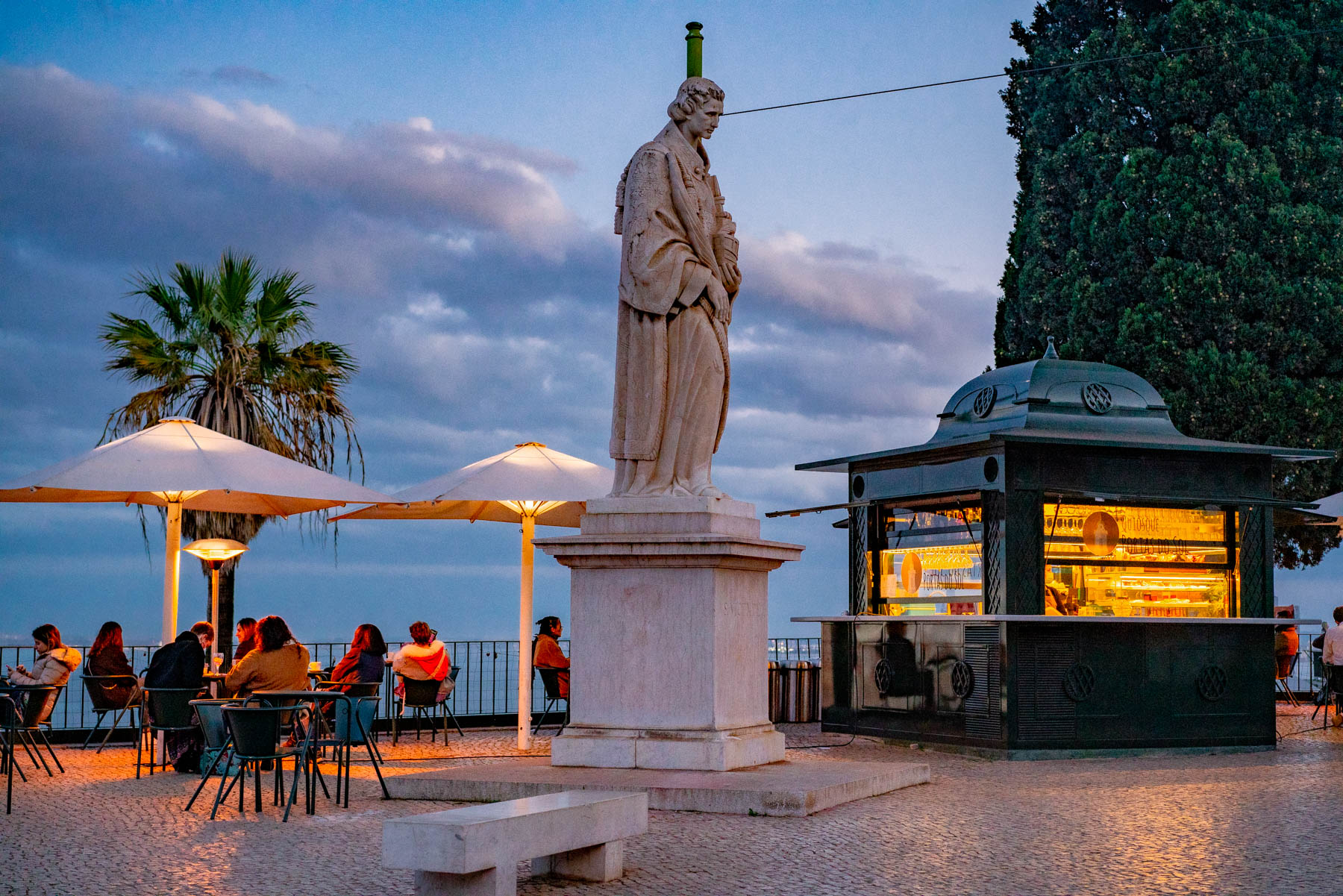
The best part? Most of Lisbon’s viewpoints have adjoining little bars offering beer, wine and light snacks. The most popular miroduoro for tourists is the Portas do Sol. But before you label yourself too cool for that, know this: it’s the most popular for a reason. The views are breathtaking!
Not only will you get some phenomenal panoramic views of the city below, but chances are you’ll pass by some cool places too. Like a restaurant with a line of locals out the door, or a boutique clothing store displaying a sweater you’ve been dreaming of for months.
You just never know what you’ll come across, which is why getting from one miradouro to the next is an adventure in an of itself.
Lisbon has no shortage of breathtaking viewpoints. I visited most of them, here’s a roundup of the 10 Best Lisbon Miradouros You Won’t Soon Forget
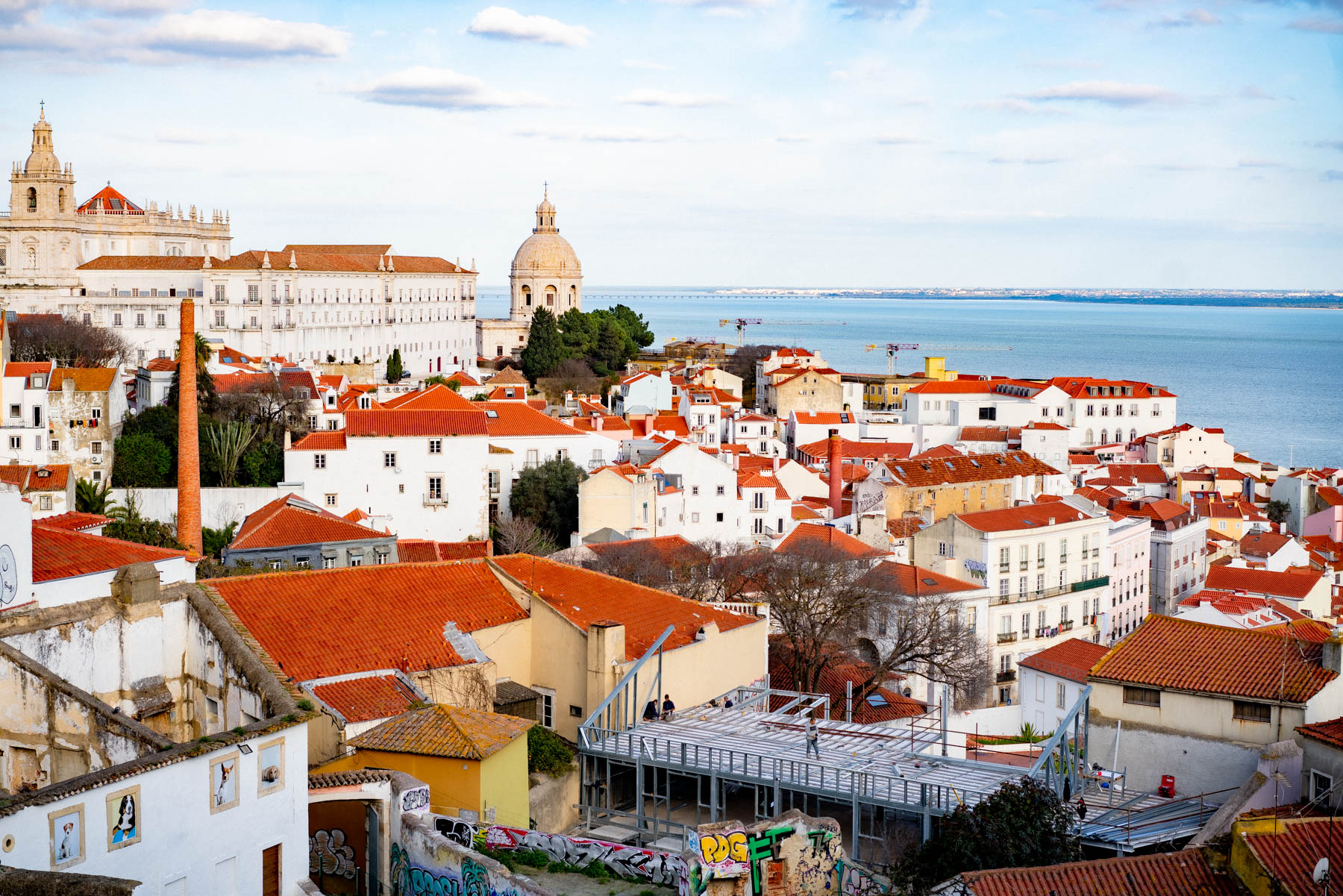
#6. Learn About the Elevador de Santa Justa
The Elevador de Santa Justa is one of the most unique things to do in Lisbon. Built in 1902 and towering a stately 150 feet, this iron structure connect Baixa to Bairro Alto.
You might wonder why this incredible wrought iron structure exists. Well, Lisbon is a very hilly city and there’s a handful of public elevators peppered throughout the city to help folks navigate steep sections.
I don’t necessarily recommend riding the elevator (unless you feel compelled) because the lines are long and there’s an admission of €5.30. However, if you have the Lisbon Card, you can ride the elevator for free because the Elevador de Santa Justa is an extension of the public transportation network.
If you use your Lisbon Card to hitch a ride you will not have access to the viewing platform.
Did you know? The architect behind this masterpiece, Raoul Mesnier, apprenticed under French engineer Gustave Eiffel (the man behind the Eiffel Tower).
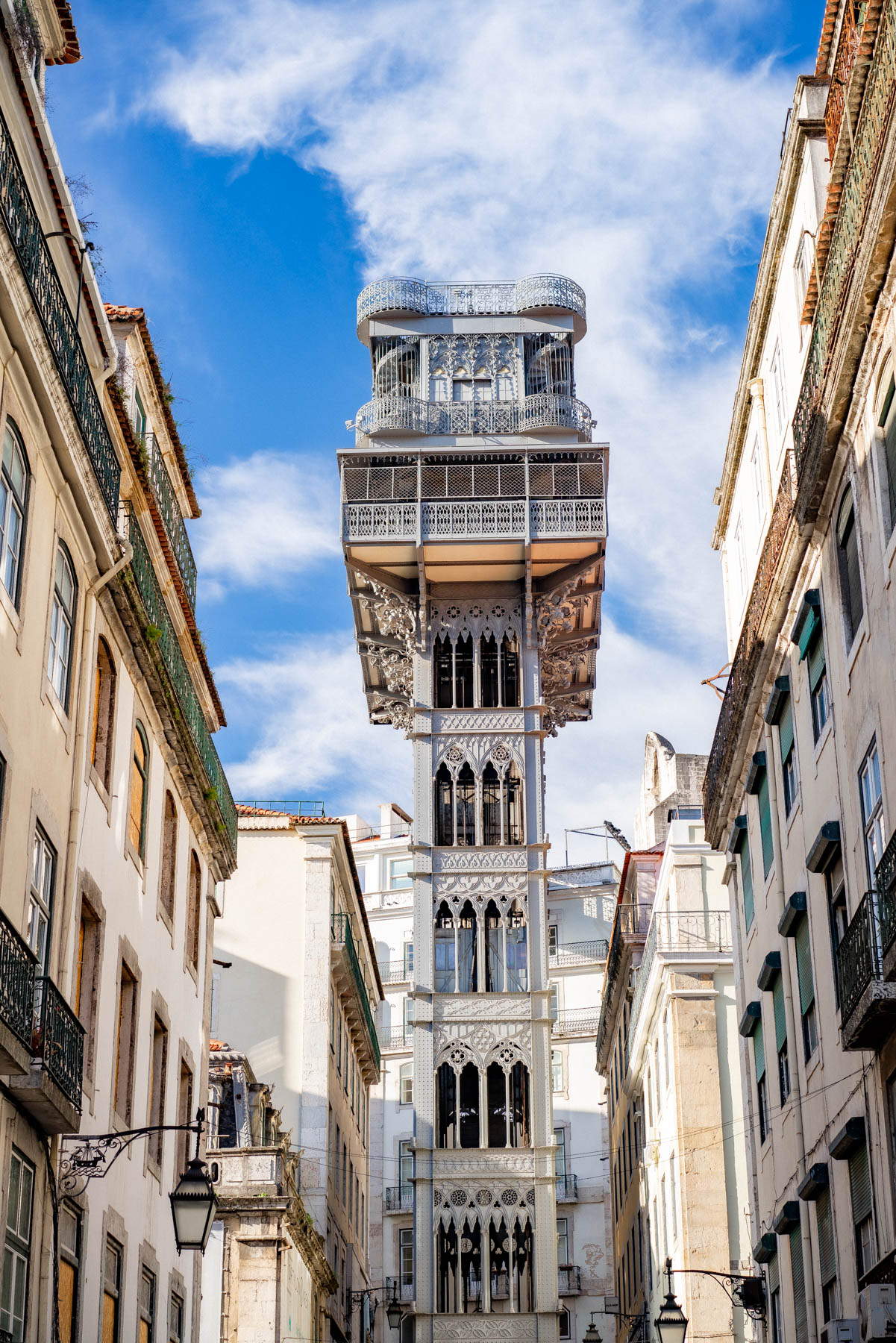
#5. Eat Your Weight in Pastéis de Natas
My only regret after returning home was not eating more pasties de natas while visiting Lisbon. Learn from my mistake and stuff those little bad boys in your pockets daily.
Pastéis de Natas are traditional Porteguese custard tarts. The mildly sweet (and warm) egg custard sits in a perfectly crispy shell and creates quiet the experience for the senses. They are absolutely heavenly and are worth every last calorie.
As such, sampling the city in search of the best pastéis de natas is one of the best things to do in Lisbon for foodies. Plus, at 1.5€ a pop, they won’t break the bank. Simply dust with cinnamon and get on your way.
Best Pastéis de Natas in Lisbon
There’s three great bakeries to get these treats, each is well-worth a detour.
- Casa Pastéis de Belém: This bakery is known as the birthplace of the pastel de nata, so you can’t afford to skip it.
- Manteigaria: There’s an outpost at the Time Out Market if you don’t want to wait too long, very delicious. I ALWAYS stock up when I’m nearby.
- Pastelaria Aloma: We discovered this bakery on our honeymoon and swung by daily. The pastéis de natas are served warm and taste fresh. A gem in the heart of the city, don’t miss it.
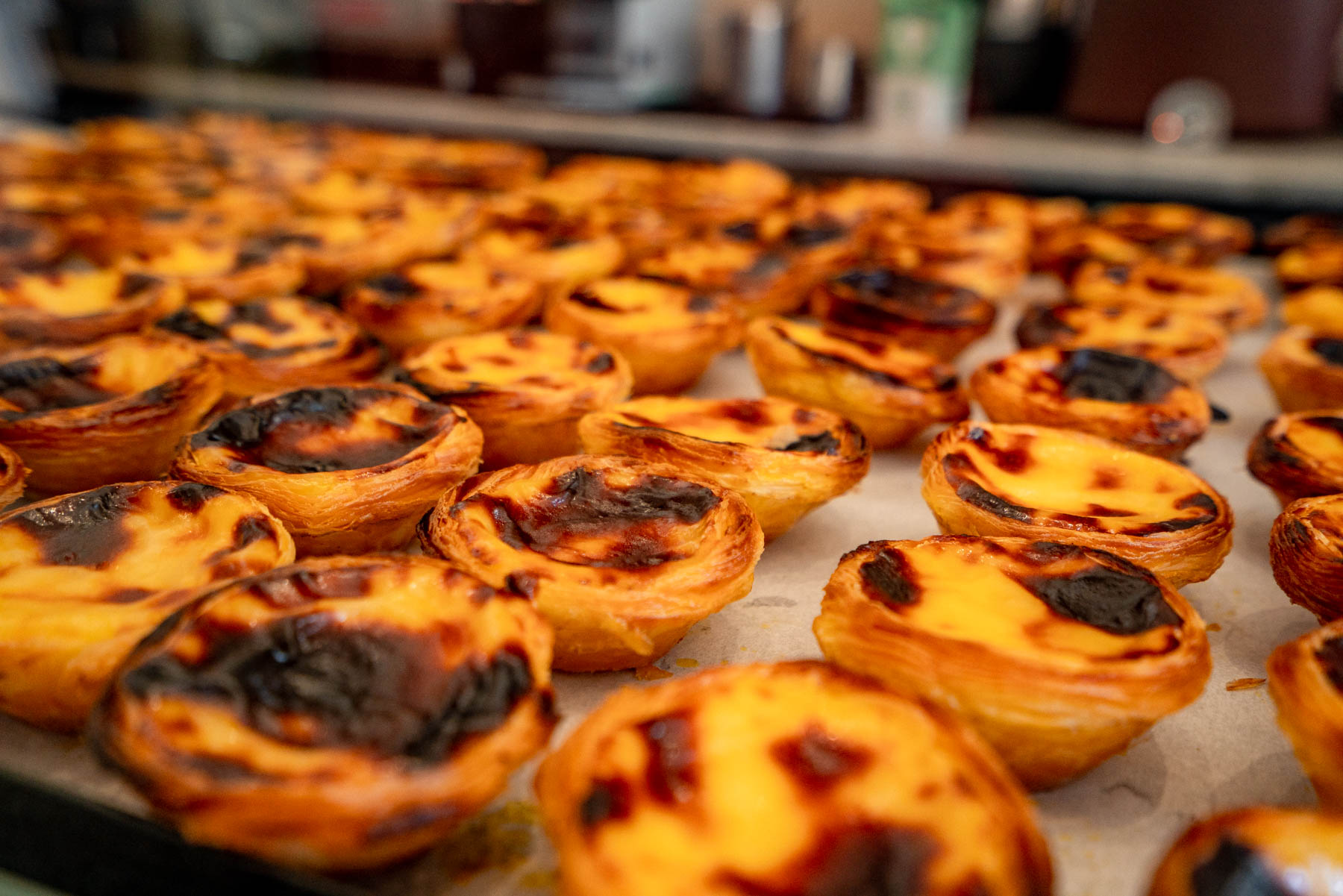
#4. Explore the Tower of Belém
I have a special place in my heart for UNESCO World Heritage Sites and Torre de Belém (Belém Tower ) is no exception. The tower is a few minutes from the city center and definitely worth a visit.
Sitting on the Tagus River, the Tower of Belém was built in the 16th Century and stood watch over the city, protecting Lisbon from pirates. It’s also the thing most explorers saw before sailing out to the unforgiving Atlantic Ocean.
Visitors can climb to the top of the tower and view the interior by purchasing a ticket (6€).
Visiting Belém Tower is one of the best things to do in Lisbon because it’s an important landmark. Plus, it gets you away from the busyness of the city, if you need a little break.
We chose to hop on city bikes and head over for sunset. The tower is very popular so I suggest visiting early in the morning to avoid crowds.
Lisbon Travel Tip: Touring the inside of Belém Tower
Of all my visits to Lisbon, I’ve yet to feel compelled to tour the inside of Belém Tower. The admission fee is nominal, but I’d rather spend it on a few beers at a nearby restaurant. For what it’s worth, uur friends climbed to the top while visiting Lisbon last time and said the views were pretty, but nothing to write home about.
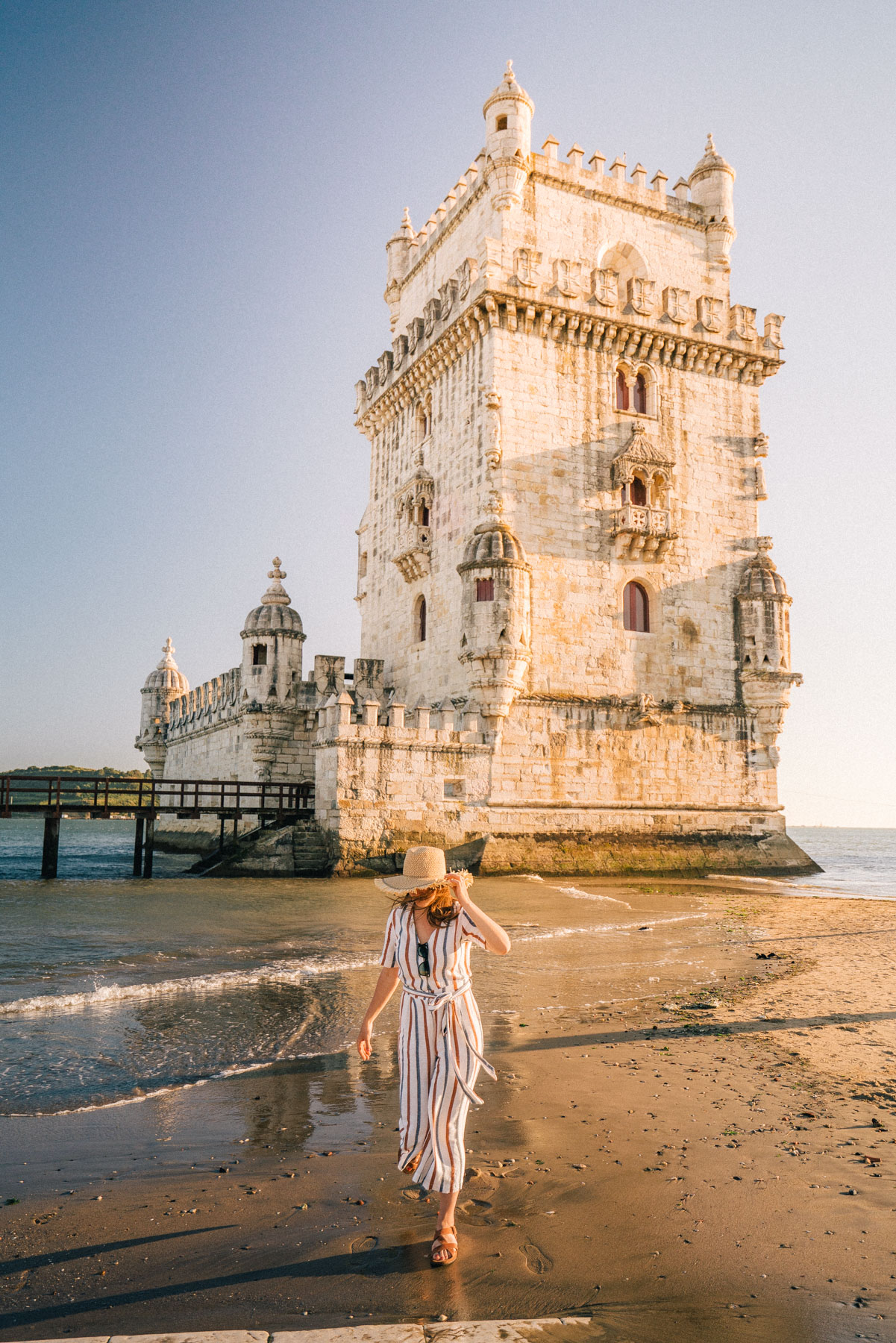
#3. Visit the Monastery of Jerónimos
Built by King Manuel in the 15th century, the Monastery of Jerónimos is one of the most beautiful buildings in Lisbon and is often considered one of the most impressive Manueline-style buildings in the world.
A testament to the impressive wealth of the Portuguese during the Age of Discovery, this monastery was built using funds from the newly-founded spice trade. Not to be outshined, the building had to be unforgettable, which is why it took more than 100 years to complete construction.
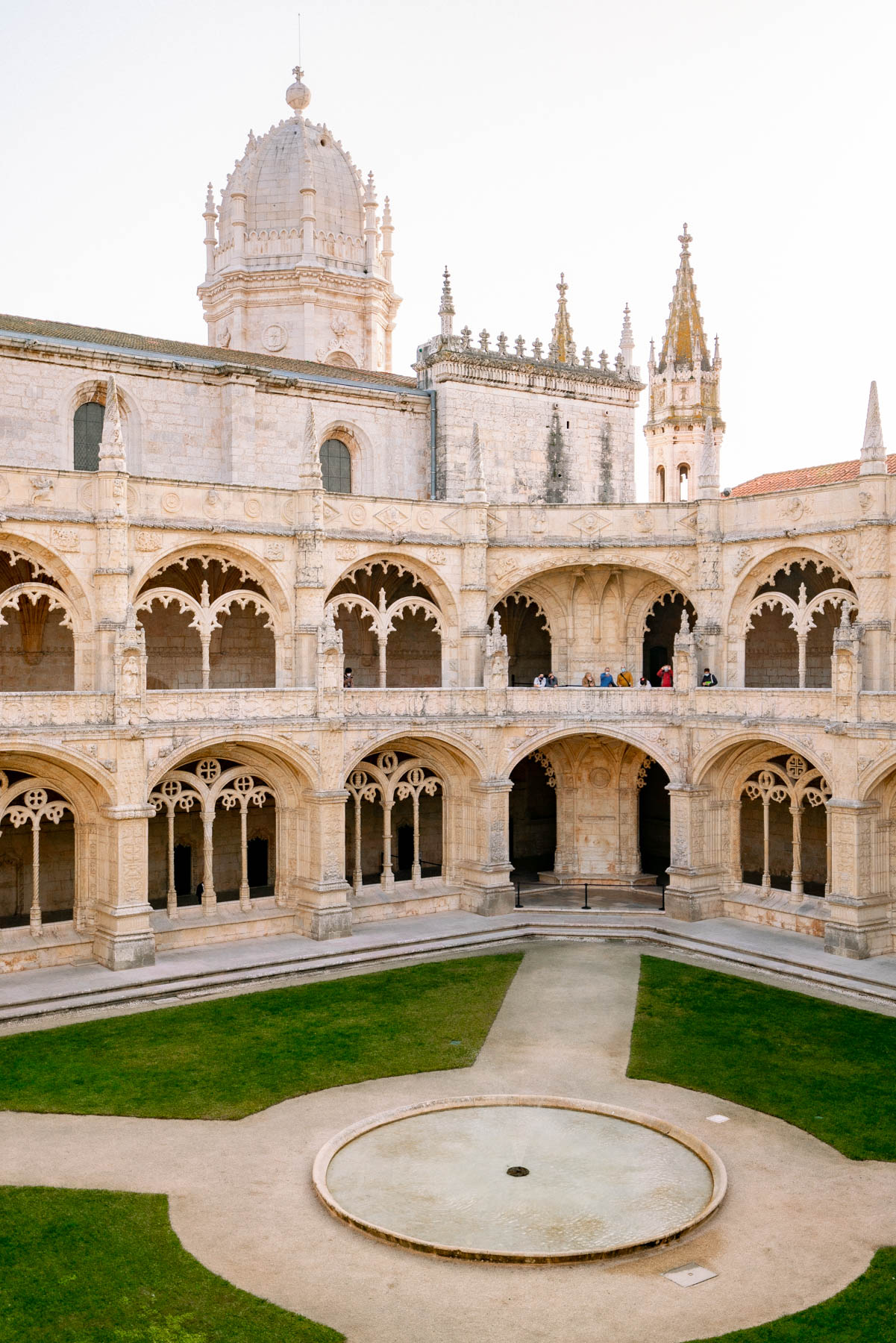
To their credit, I will say, the Monastery of Jerónimos is unlike anything I’ve ever seen in my 10+ years of travel. It’s no wonder this is one of the most visited attractions in Lisbon.
Intricately detailed stone and wood carvings cover every inch of this monolithic monastery. Making is a mind-boggling experience. As mentioned, admission is €10 per adult and worth every penny.
Similar to Belém Tower, the Monastery of Jerónimos is an important example of the breathtaking Manueline style. Manueline style architecture is best described as a glorious mixture of architecture styles inspired from world travels during the Age of Discovery.
The monastery sits adjacent to a church where Vasco da Gama and Luís de Camões are laid to rest. The church is free to tour, but admission (10€) is required for the monastery. The lines to get into the monastery are obnoxiously long, it’s worth getting pre-purchased tickets that allow you to skip the line.
Lisbon Travel Tip: While exploring the monastery don’t skip the opportunity to admire the grandiose tombs of several notable Portuguese, including Vasco da Gama & Luis de Camões.

#2. Tour the Carmo Convent
I will admit, it took me far too long to finally visit the Carmo Convent. Heck, I waited until my fourth visit to pop in. Plainly put, it didn’t interest me, so I ignored it while passing by.
Foolish. I should have known better.
Built in 1389, the impressive Carmo Convent was a Catholic convent destroyed by the formidable 1755 Lisbon earthquake (mentioned earlier). The earthquake forced the vault of the church to collapse and rendered the building unusable.
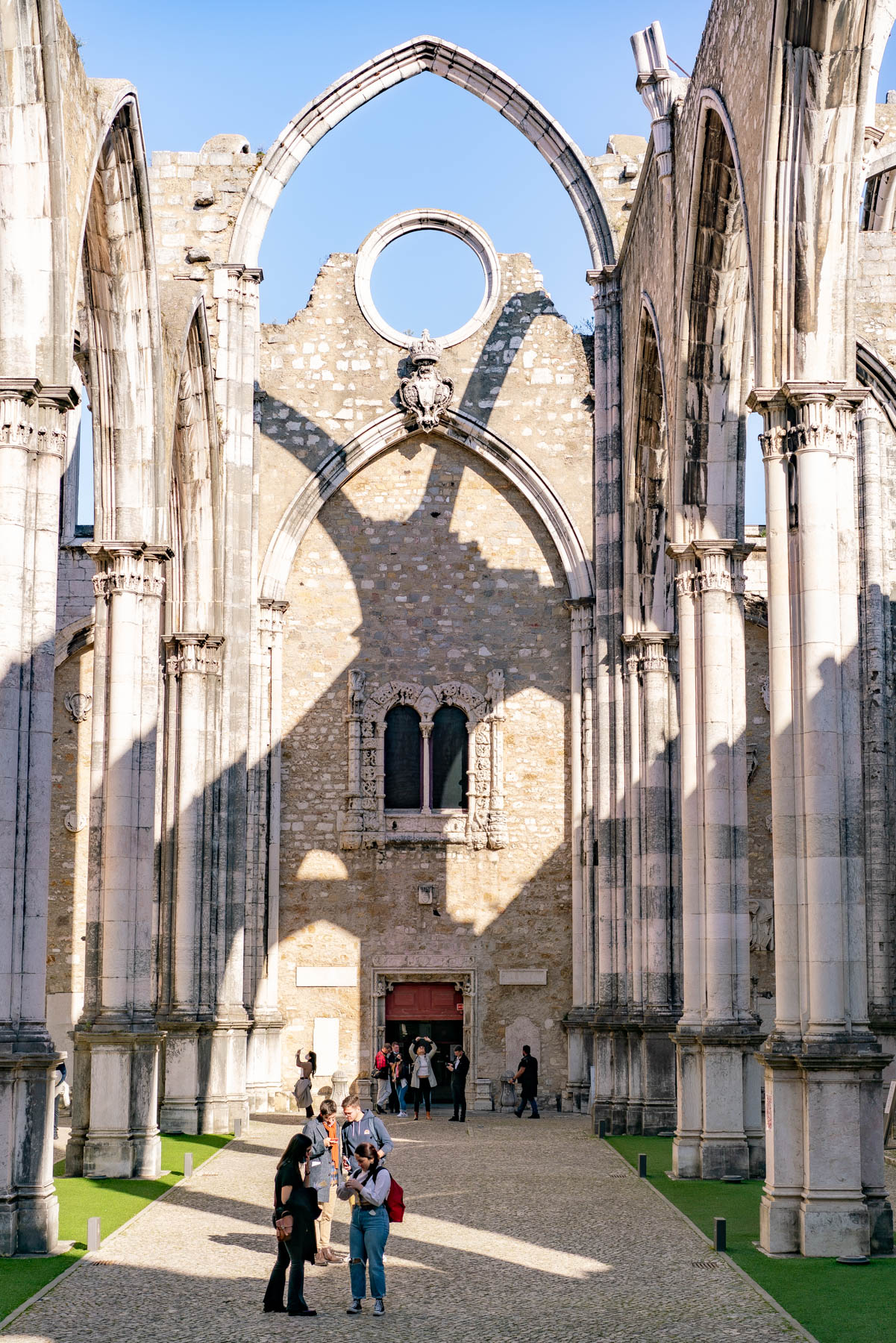
Afterwards, the subsequent fire (caused by the earthquake) destroyed everything inside the church, effectively wiping out all historic artifacts. These horrific natural events completely destroyed the church and left only the remains we see today.
Earlier efforts were made to reconstruct the church and use it as a place of worship. But later it was ultimately decided that the ruins would be used as a museum. Today the Museu Arqueológico do Carmo (Carmo Archaeological Museum) has a great (albeit small) collection of interesting artifacts, statues and tombs.
Most notable are the tombs of King Ferdinand I, Fernão Sanches (the bastard son of King Dinis I) and Queen Maria Ana of Austria.
After visiting the Carmo Covent, I can confirm that it’s one of the most interesting things to do in Lisbon and shouldn’t be missed. My husband and I spend 1.5 hours exploring, even though the musuem is small. There’s just something so captivating about the room of tombs, I couldn’t stop taking photos.
Top Lisbon Attractions: Admission for the museum is €5 per person and comes with a free audio guide. You can book tickets here.
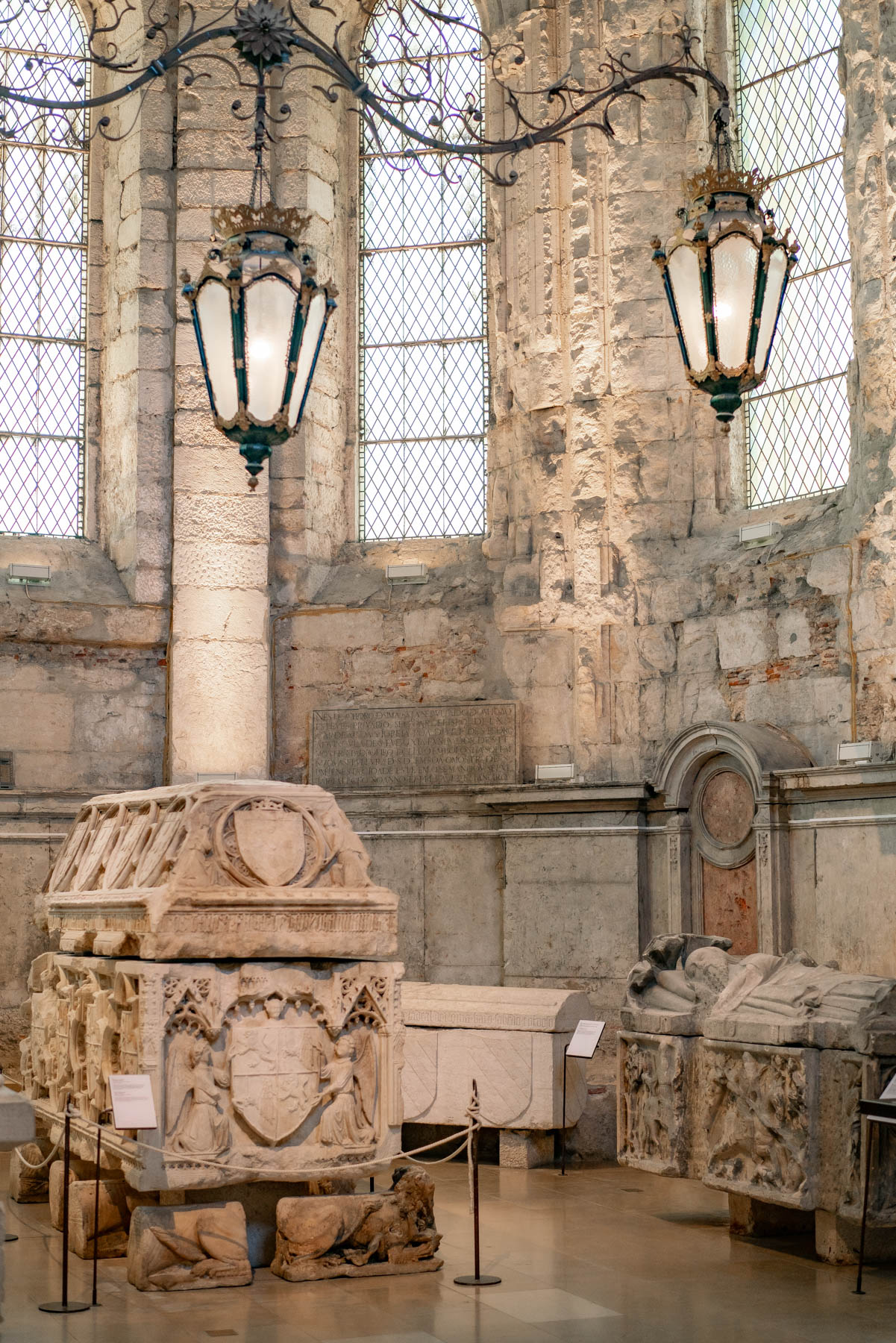
#1. Explore St. George’s Castle (Castelo de São Jorge)
Walking the walls of São Jorge Castle (St. George’s Castle) is one of the most popular things to do in Lisbon. Casting shadows on Alfama below, this impressive 11th-century Moorish castle sits atop the highest point in Lisbon.
Which, when you think about it, makes perfect sense for a castle built during the medieval age. You need that vantage point to keep your enemies at bay.
Although the castle was originally built by the Moors, it was heavily altered by subsequent occupiers and it’s hard to find much of the original construction today.
Since the 12 century the São Jorge Castle has served as a royal palace and military barracks. Today it’s used as a national monument and museum. Admittedly, there isn’t much to see inside the castle, so this popular Lisbon attraction doesn’t take much time.
As you can imagine, the panoramic views of Lisbon from this vantage point are some of the best in the city. Try to catch sunset from the castle’s walls and you’ll quickly understand the hype. Admission is €10.
Love Portuguese castles? You may enjoy a day trip to the breathtaking castles of Sintra, Portugal. Here’s 5 Picture-Perfect Sintra Castles You Can’t Afford to Miss
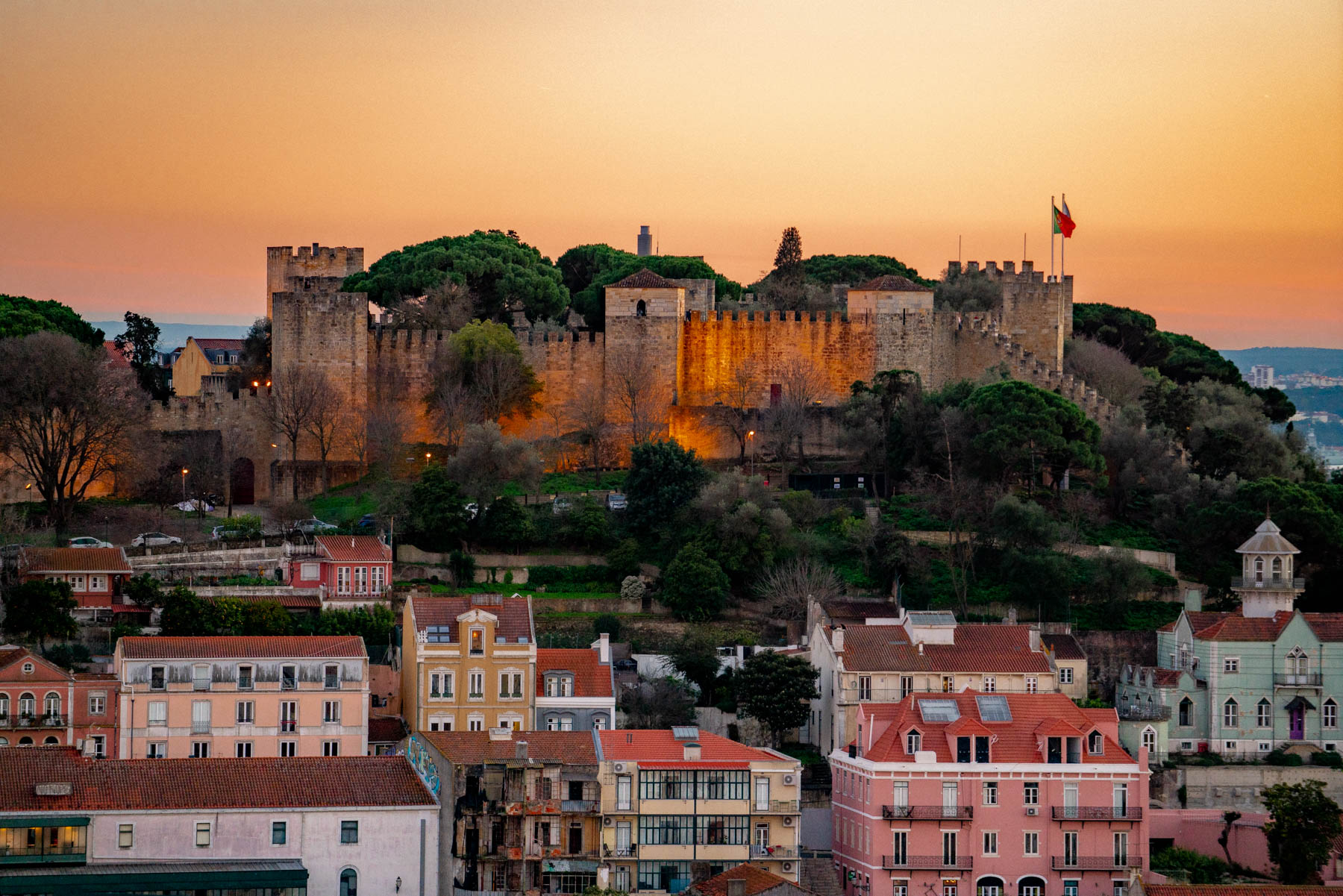
Visiting Lisbon Longer? More Fun Things to Do in Lisbon, Portugal
#1. Visit the Oldest Bookstore in the World
Did you know that Lisbon is home to the oldest bookstore in the world? Well, now that you know you simply can’t skip it.
Thankfully, it’s conveniently located in Lisbon’s trendy Chiado neighborhood and it’s inevitable that you will spend a good portion of time here (the neighborhood is home to many top Lisbon attractions).
But back to the bookstore, founded in 1732, Livraria Bertrand is officially the oldest bookstore in the world. Pop in and peruse the books for yourself, the staff is incredibly friendly and visiting the store is a treat. Plus, it’s hard to imagine a better souvenir!
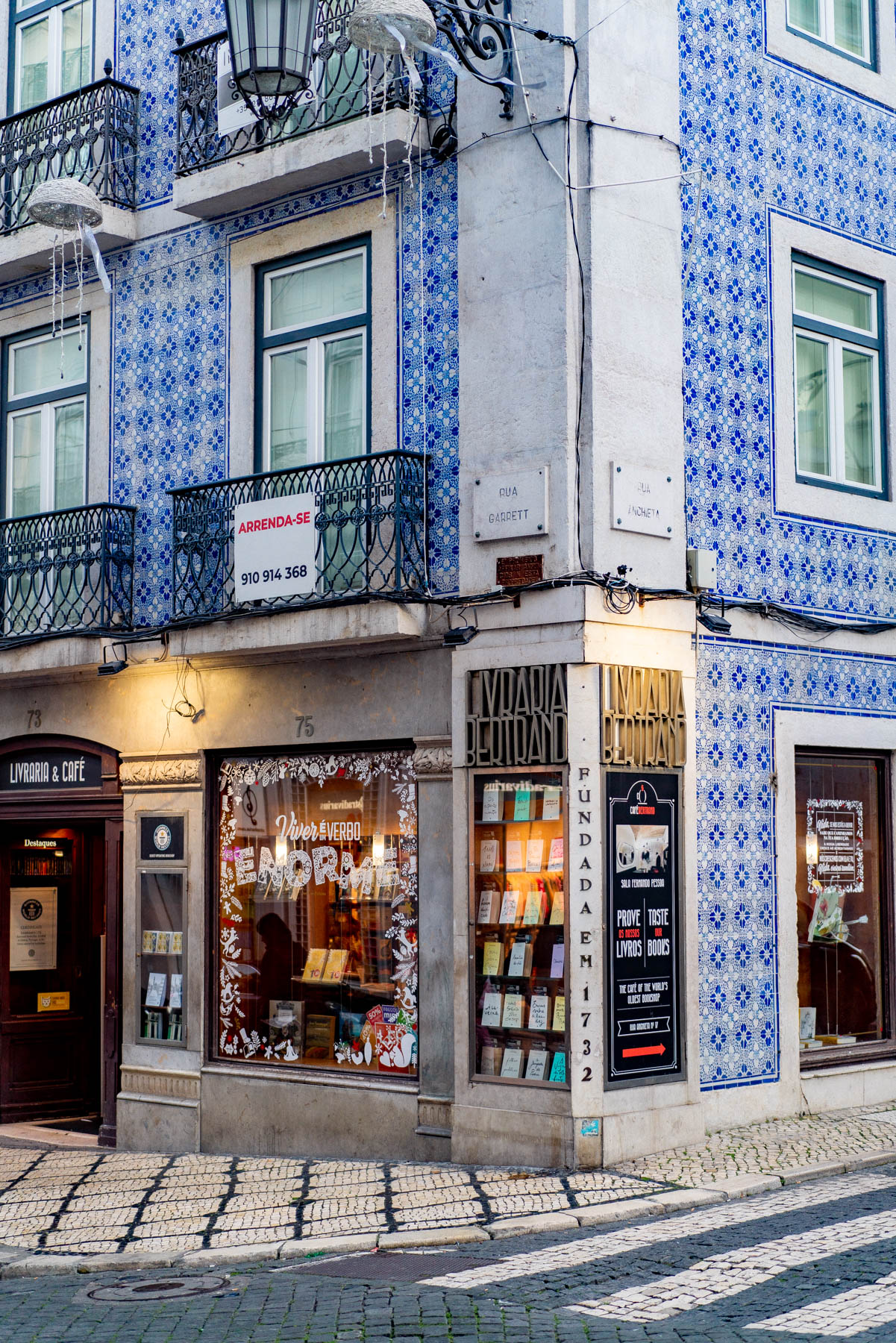
#2. Visit the National Tile Museum (Museu Nacional do Azulejo)
A bit removed from the city center, but well worth an Uber ride, the Museu Nacional do Azulejo is easily one of the best things to do in Lisbon.
You probably know by know that Lisbon is known for their masterful tiles and nowhere is this more evident than at the National Tile Museum, which houses the most impressive collection of tiles in Lisbon.
The museum isn’t very large and didn’t take more than one hour to explore, but the experience was memorable. My favorite tile display was the panorama of Lisbon located on the top floor. It’s a breathtaking work of art and I can only image how long it took to create!
Location: R. Me. Deus 4, 1900-312 Lisboa
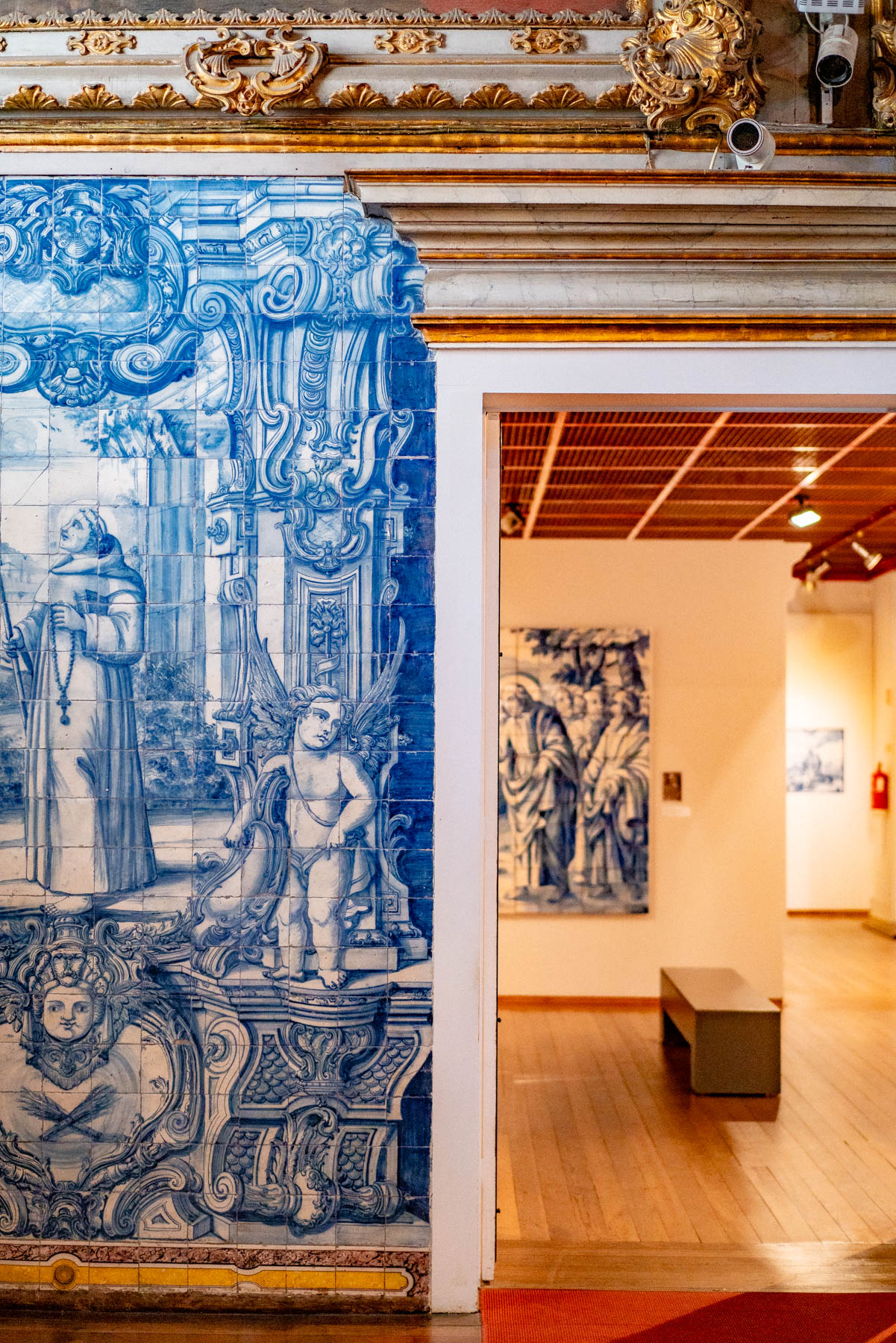
#3. Take a Break at the Praca do Comercio
Praca do Comercio is a public courtyard sitting pretty on the banks of the Tagus River. This is one of the most famous places to see in Lisbon, so it swells with people during the daytime.
I can’t help but imagine how this area was used in Lisbon’s glory days, with ships filling the harbor and the gossip of new discoveries.
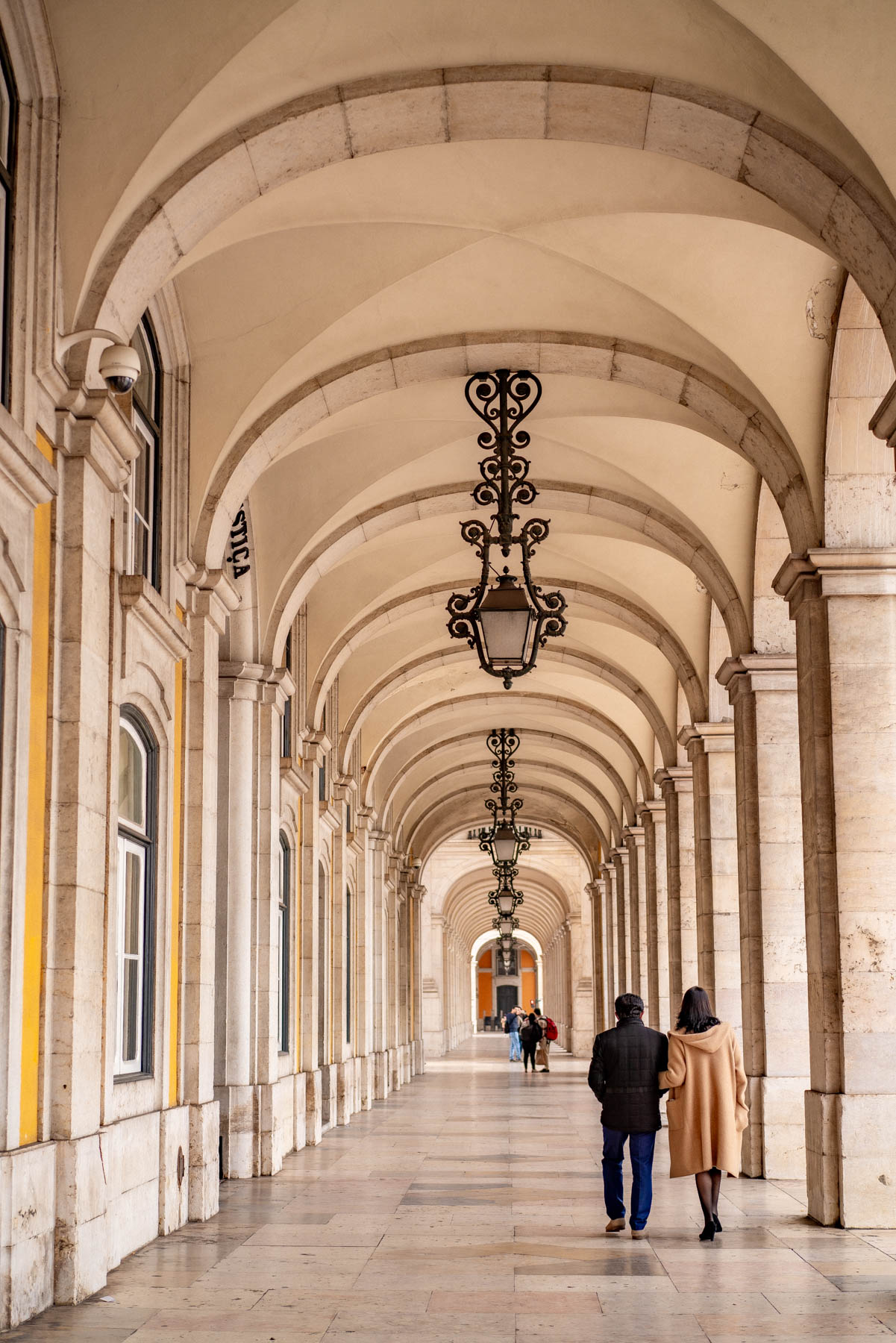
You might hear locals referring to the square as Terreiro do Paco (palace yard). That’s because it used to the location of the Pacos da Ribeira, a palace that was destroyed during the great earthquake of 1755.
Sipping a cafe while people-watching at Praca do Comercio is one of the best things to do in Lisbon. Give it a try if you’re in need of a break. Then, take a lovely stroll along the waterfront and see why Lisbon is so beloved by all who visit (the youthful vibe!).
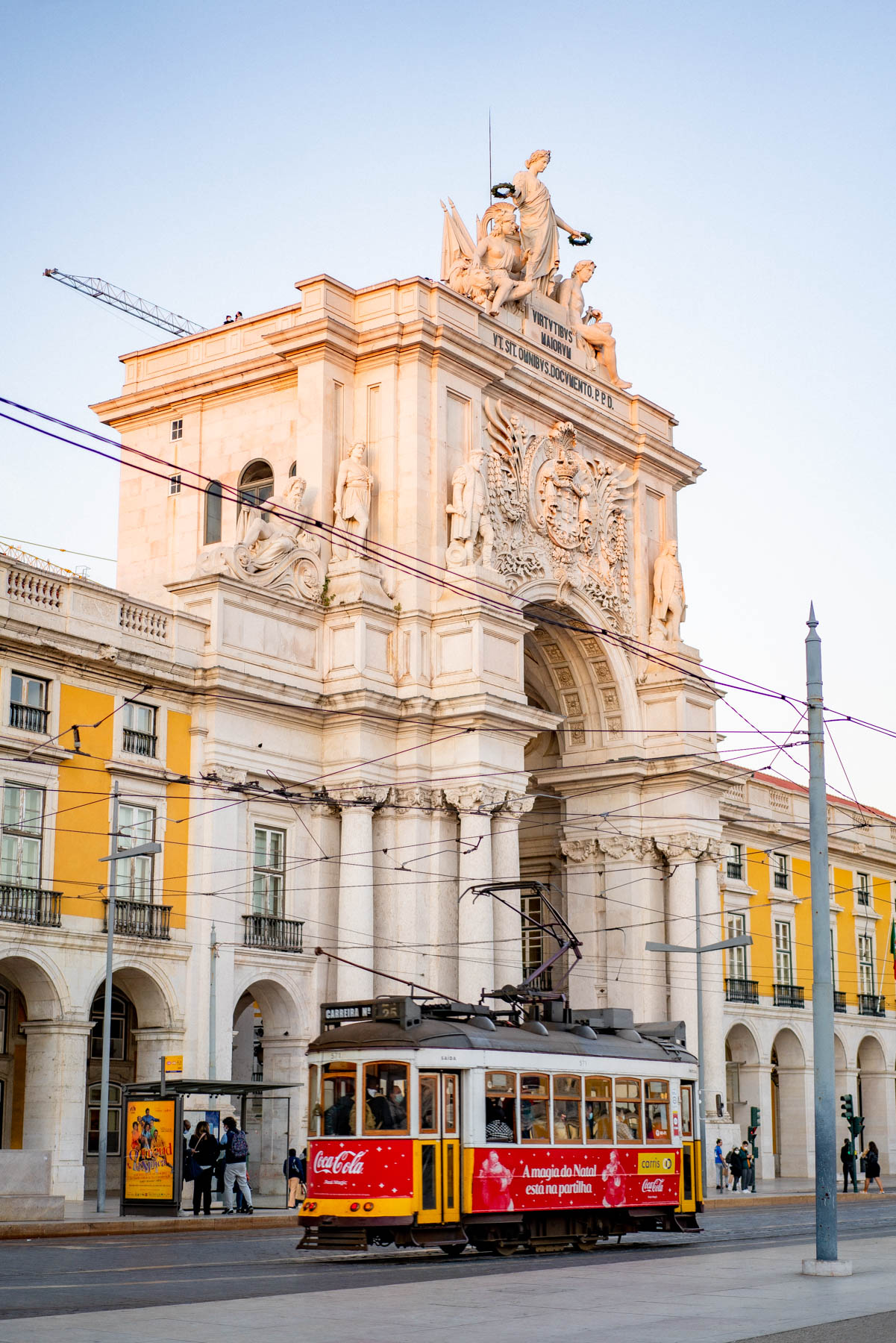
#4. Take a Day Trip to Sintra, Portugal
Less than an hour’s train ride from Lisbon, I highly suggest adding a day trip to Sintra to your Lisbon itinerary if you’re visiting Lisbon for 3+ days.
In many ways, exploring Sintra feels like stepping foot into a colorful fairytale. Between the dreamy castles, delicious foot and breathtaking gardens, there’s no shortage of fun to be had.
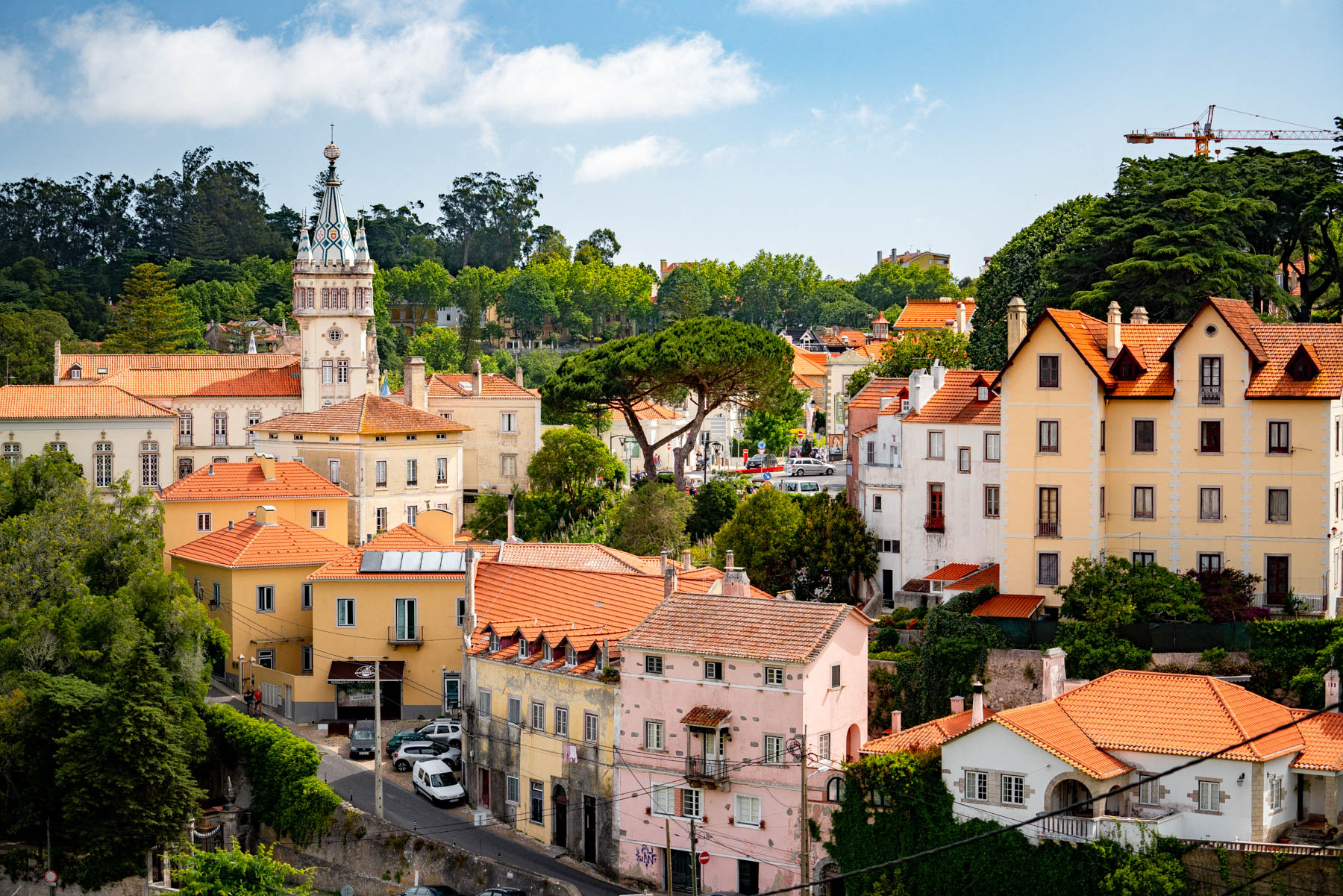
Sintra is a mountainous town with breathtaking views and equally beautiful castles. It won’t take long to notice that Sintra is a testament to Portugal’s wealth during the Age of Discovery. The entire town feels like a playground for the wealthy! As such, making a day trip to this gem is one of the best things to do while visiting Lisbon.
Best things to do in Sintra, Portugal
- Tour Pena Palace: Declared a UNESCO World Heritage Site in 1995, this is probably the most colorful palace in the world. This thing is a sensation to see in person and is worth taking a day trip for alone. Built as a summer residence of King Ferdinand II, no expense was spared and it shows.
- Walk the walls of Castelo dos Mouros: A stunning feat of architecture, Castelo dos Mouros was built between in the 8th century. Strategically positioned at a high vantage point, it served to provide protection over Sintra. The sturdy castle fought off many would-be invasions, but fell to the Christian crusade in 1147 but was restored by King Ferdinand II and is now open to the public.
- Visit the whimsical well at Quinta da Regaleira: One of the most famous landmarks in Portugal, the initiation Well was used for initiations and rites of passages. Wandering the impressive grounds of this large estate before making your way down a spiral staircase into the heart of the well.
- Have some time? Here’s my full roundup of the 10 Best Things to Do in Sintra, Portugal You Won’t Soon Forget
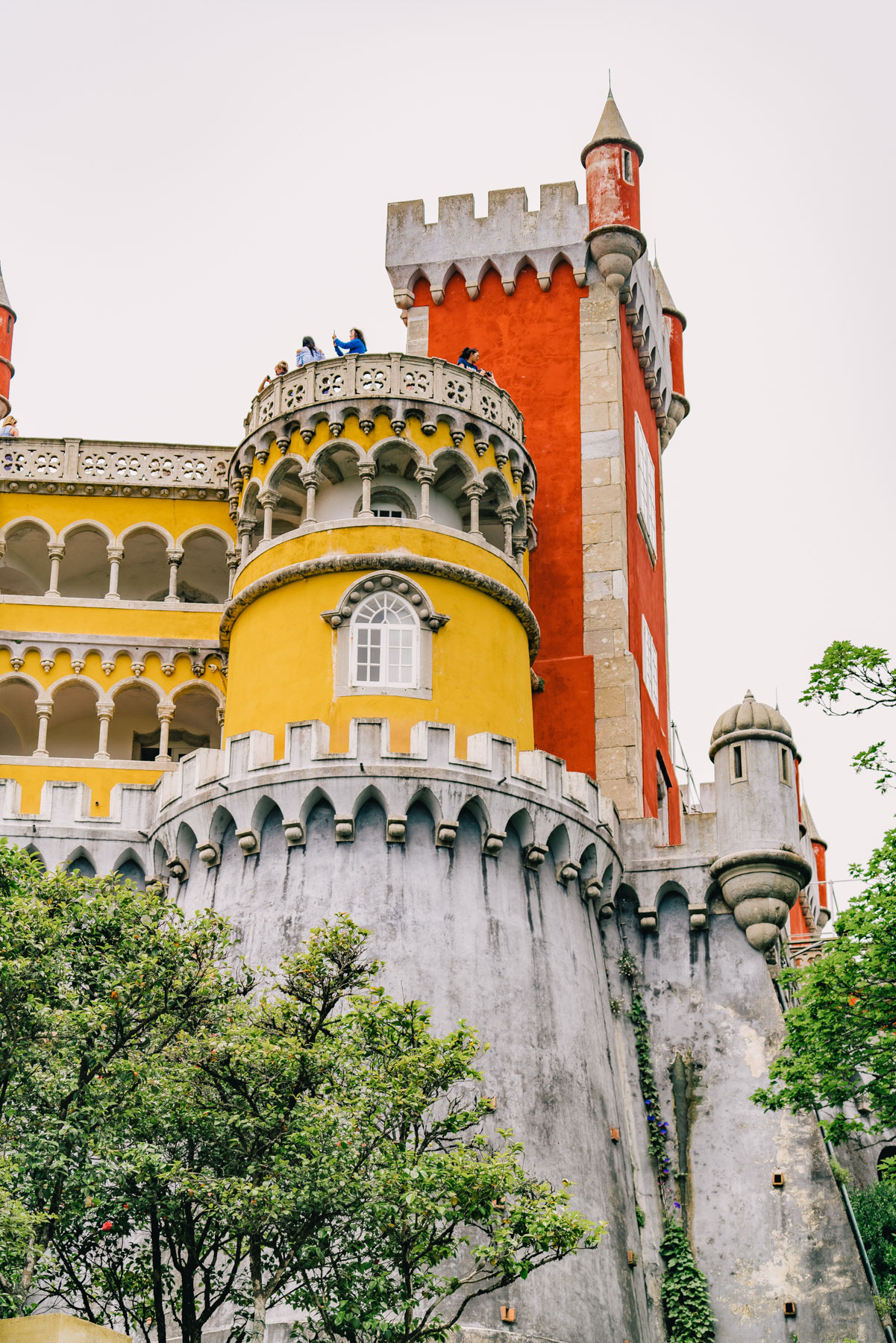
#5. Discover the Joy of Portuguese Wine
Most people know that you can’t go to Bordeaux, France without embarking on a proper wine tasting. Just like most travelers know that ordering a bottle of local wine is non-negotiable while eating pasta in Rome. The top wine producing countries in the world seem to have a monopoly on wine shelves in US stores.
But one gem you won’t easily find at your local supermarket back home? Portuguese wine. Which is a shame, considering Portugal’s Duoro Valley (near Porto) is the oldest demarcated wine region in the world.
As such, it’s only fitting that lingering at a local wine bar is one of the best things to do in Lisbon. My favorite spot for wine tasting is Antiga Wine Bar. We noticed it one evening while walking the neighborhood and decided to pop in. The service was top notch and the wine was superb, highly recommend!
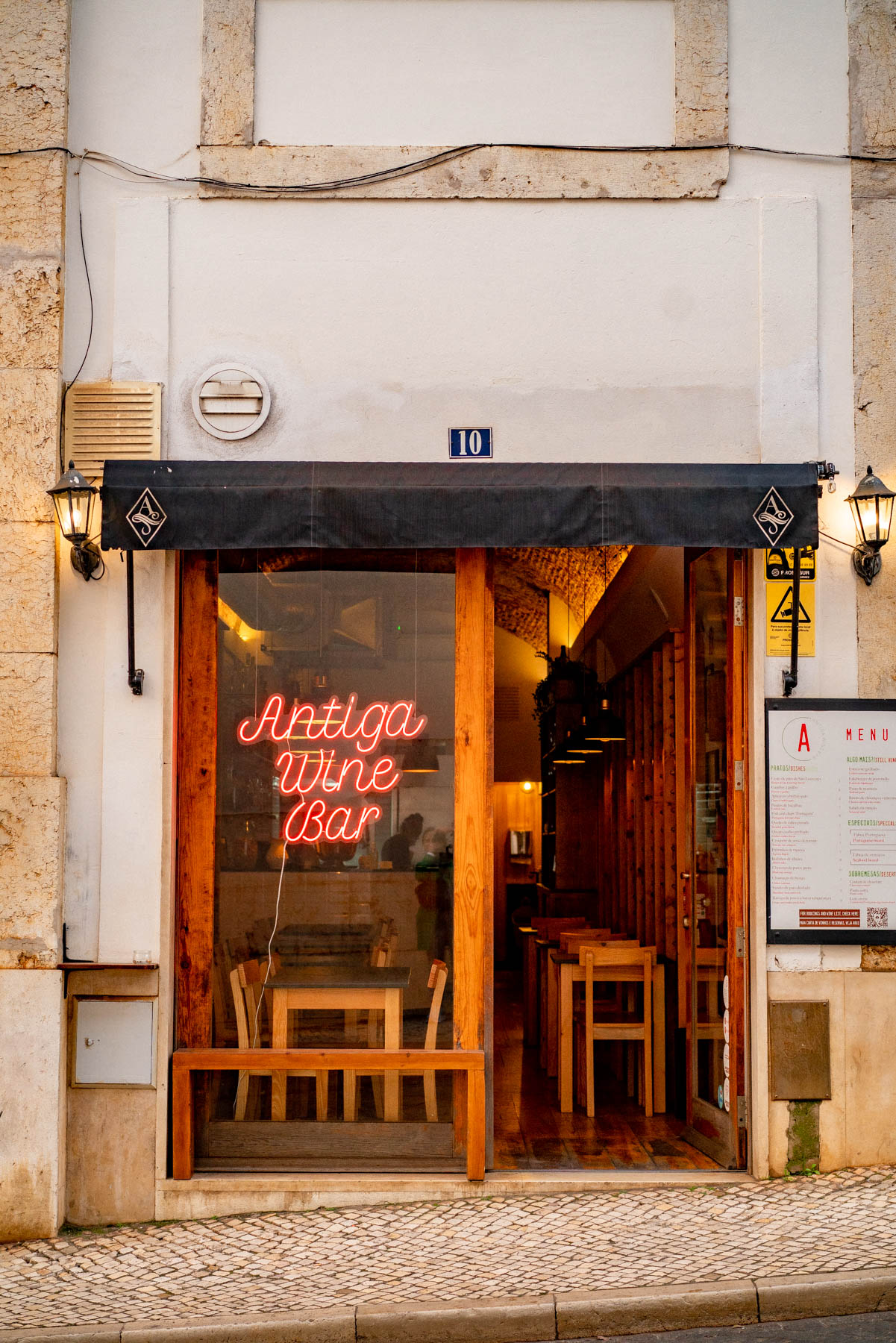
While visiting Lisbon over the past five years, we’ve enjoyed some spectacular Portuguese wines. From classics like robust Pinot Noirs to newfound loves like Vinho Verde.
Vinho Verde literary translates to “green wine” but actually means “young wine.” This specific type of wine originated in Portugal and is released 3-6 months after the grapes are harvested, giving the wine a refreshingly tart flavor profile.
It’s the perfect pairing for seafood dishes. We enjoyed green wine so much, we started purchasing it in the US (when we can find it!), but never cease the opportunity to order it while visiting Lisbon.
Nursing a bottle of green wine is one of the most relaxing things to do in Lisbon, especially during a warm summer evening.
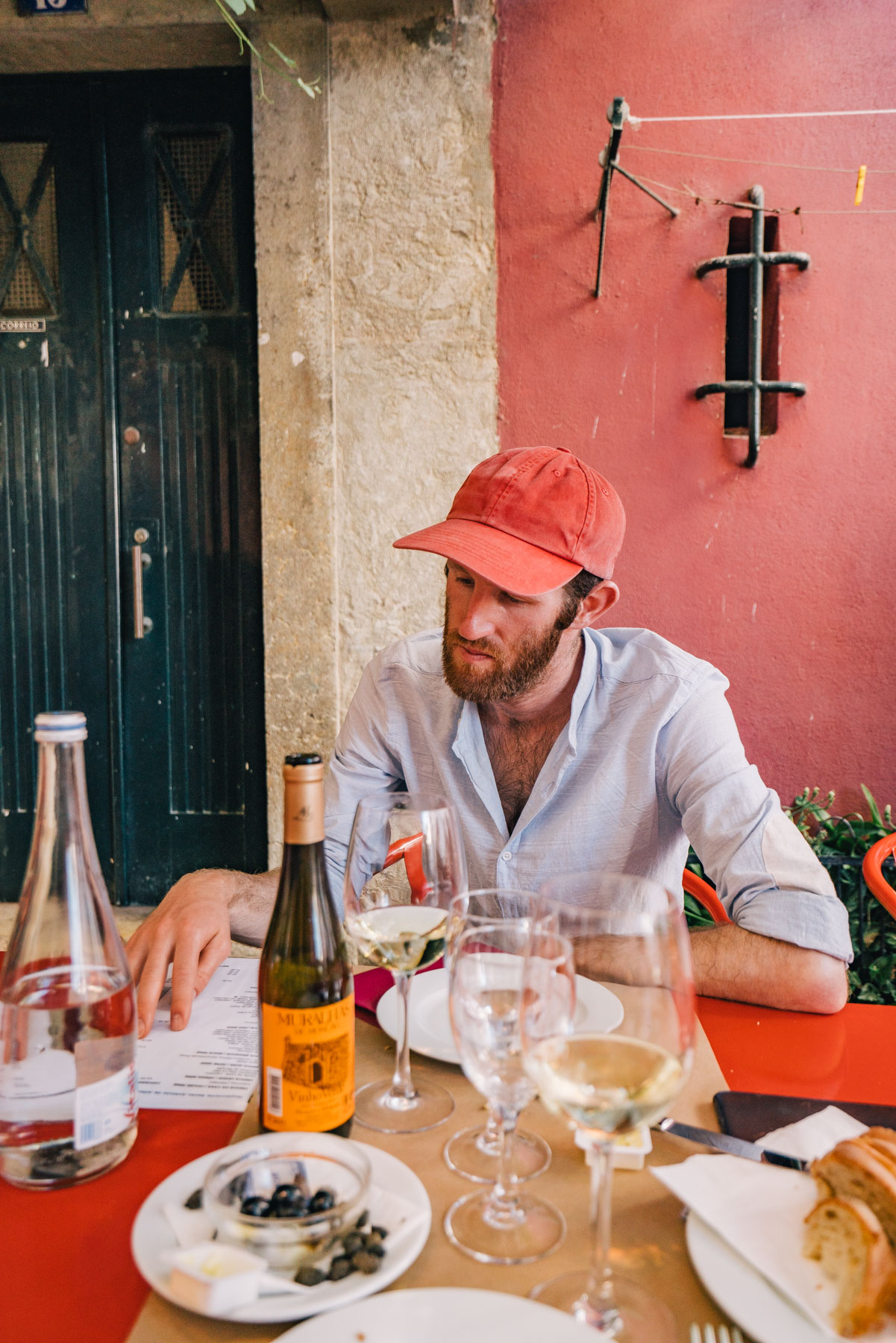
#6. Explore Bairro Alto & Chiado
Barrio Alto and Chiado are older parts of Lisbon chock-full of tiny cafes, colorful homes and interesting small shops. You’ll find narrow cobble-stone streets, large city squares and a cheerful congregation of locals and tourists.
The area is classy and fun to explore during the daytime, but it really comes alive in the evening. You’ll find tons of fun bars and trendy restaurants, not to mention the breathtaking view of the city at night.
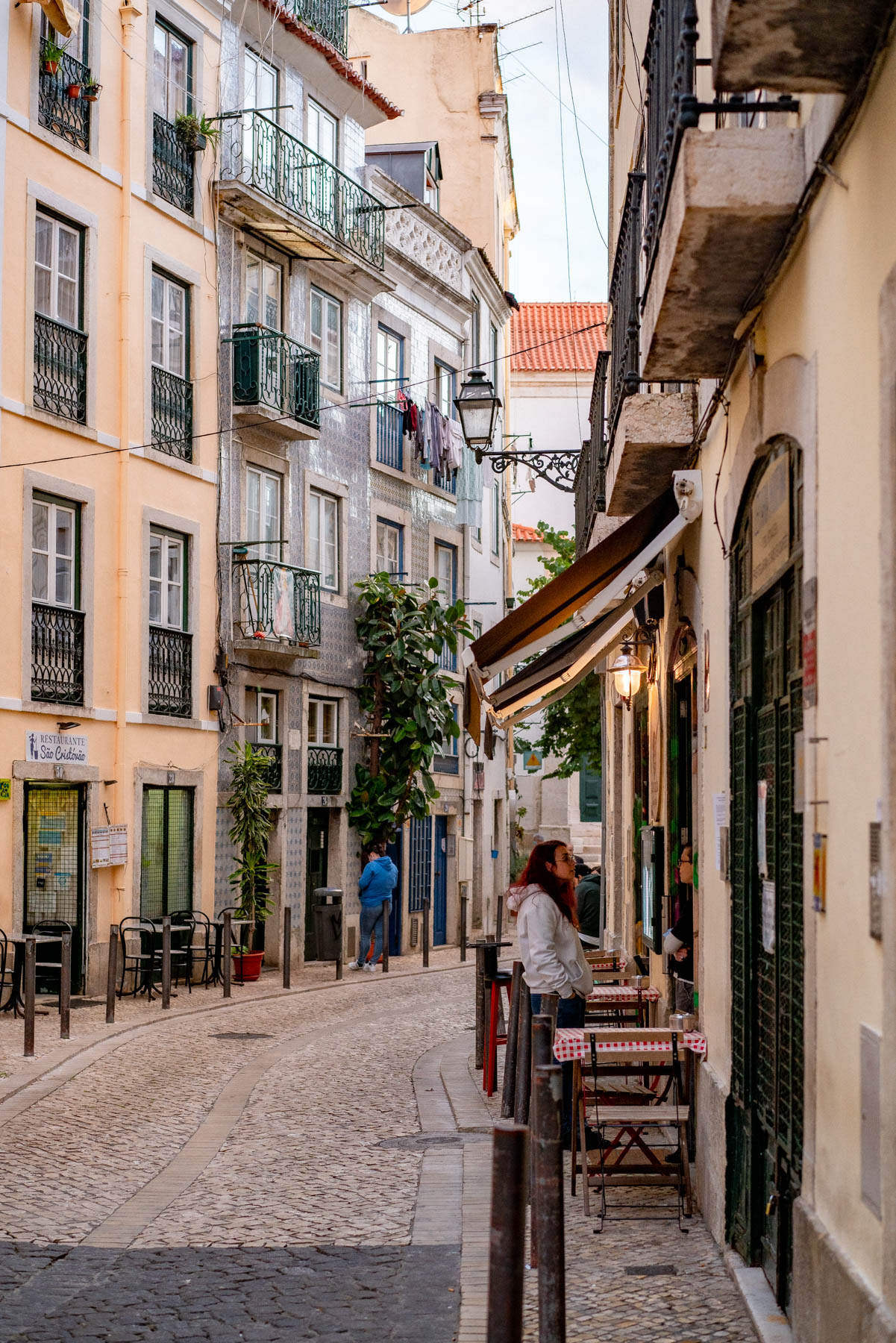
#7. Soak Up the Views at the National Pantheon
The National Pantheon graces Lisbon’s skyline and can been seen from most popular viewpoints. Towards the end of our month-long stay in Lisbon we felt restless and embarked on a long leisurely stroll. Our stroll led us to the National Pantheon and we decided to pop in for a visit.
Located in the charming Alfama neighborhood, the National Pantheon was first used as the Church of Santa Engrácia. It was converted to a pantheon in 1916 during the First Portuguese Republic.
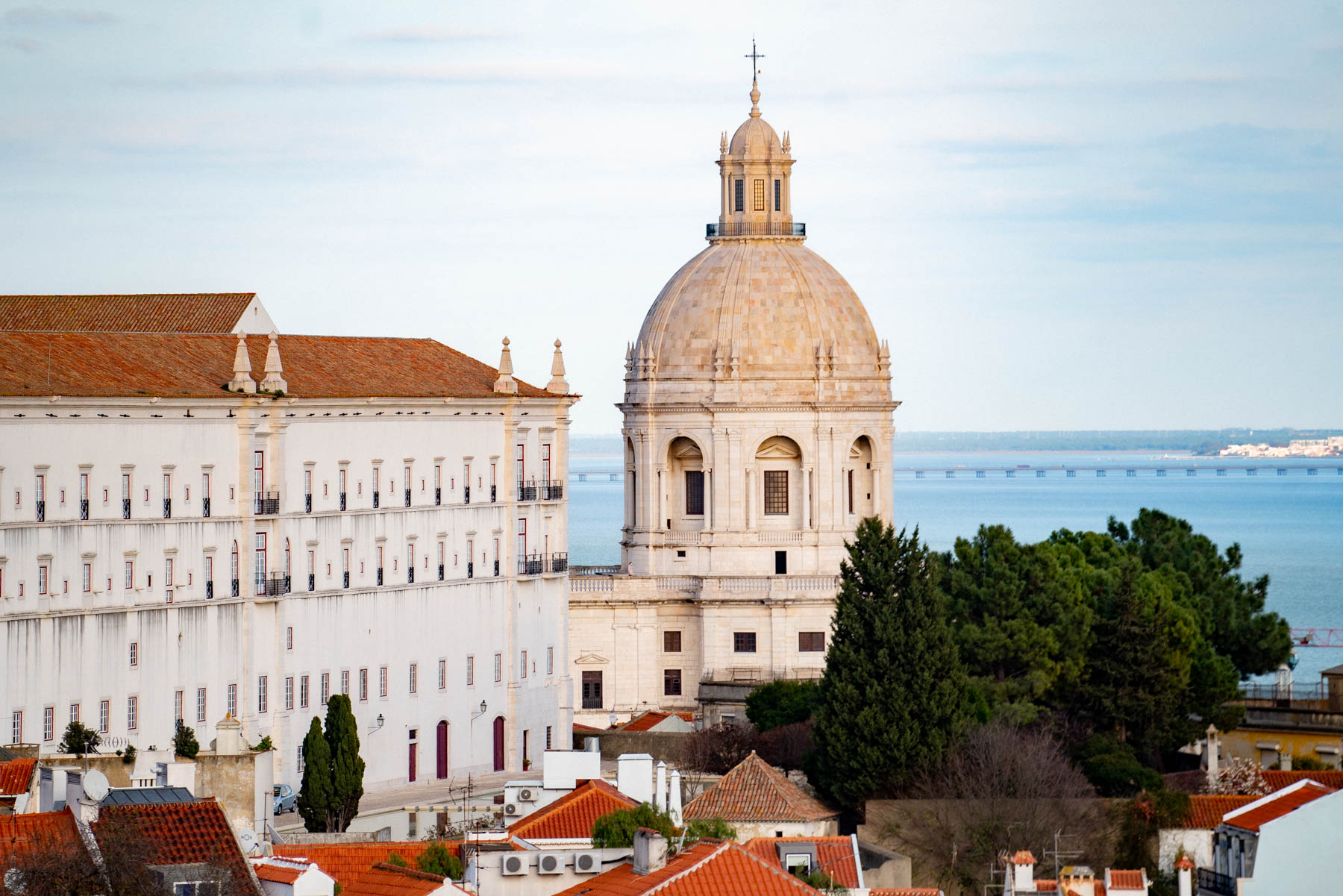
The building was completed in 1966 under Dictator Antonio de Oliveira Salazar and folks speculated that he planned to use it as his final resting place.
The assumption was proven false when his wishes were reveled after his death, he chose to be buried in his hometown.
The National Pantheon might not be Salazar’s resting place, but it’s the final resting place of several notable Portuguese. It also houses several cenotaphs (empty tombs or monuments erected in the honor of a person buried elsewhere).
A small admission of 3€ is required to tour the building. When we were done gawking at the decor, we decided to climb the stairs that lead to the outdoor terrace. Our effort was rewarded with panoramic views of Lisbon.
Worth mention: The pantheon doesn’t seem like a very popular things to do in Lisbon (pity for most folks), and we practically had the entire place to ourselves, but you won’t hear me complaining.
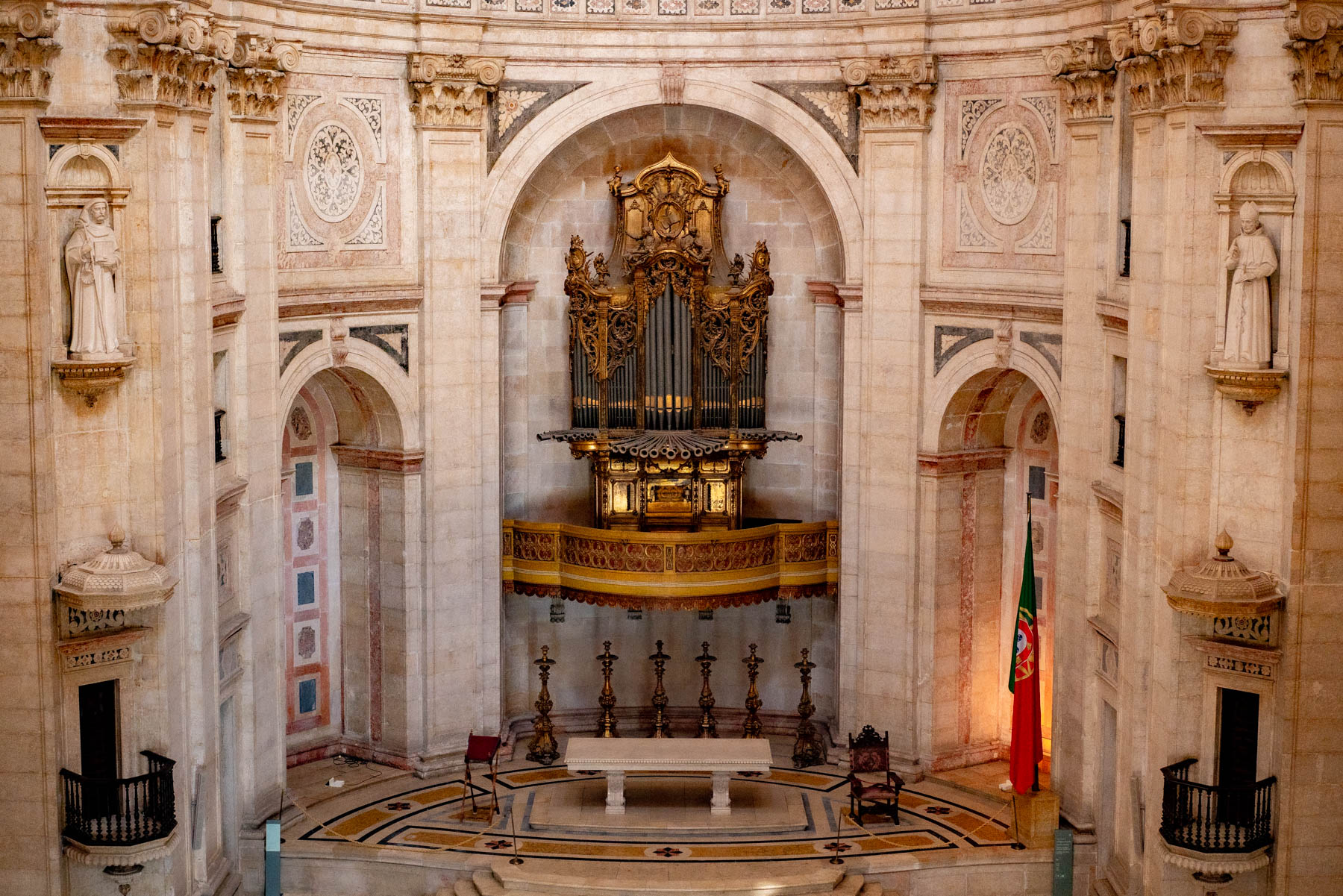
#8. Tour the National Coach Museum
I must admit, prior to visiting the National Couch Museum firsthand, I wasn’t sure it was worth the detour. Boy, how wrong I was, this is one of the most memorable things to do in Lisbon.
Lisbon’s National Coach Museum is home to one of the most important collections of carriages in the world. It was started by Queen Amélia of Orleans and Bragança, in an effort to preserve royal carriages. And what a blessing that turned out to be, these things are a true work of art.
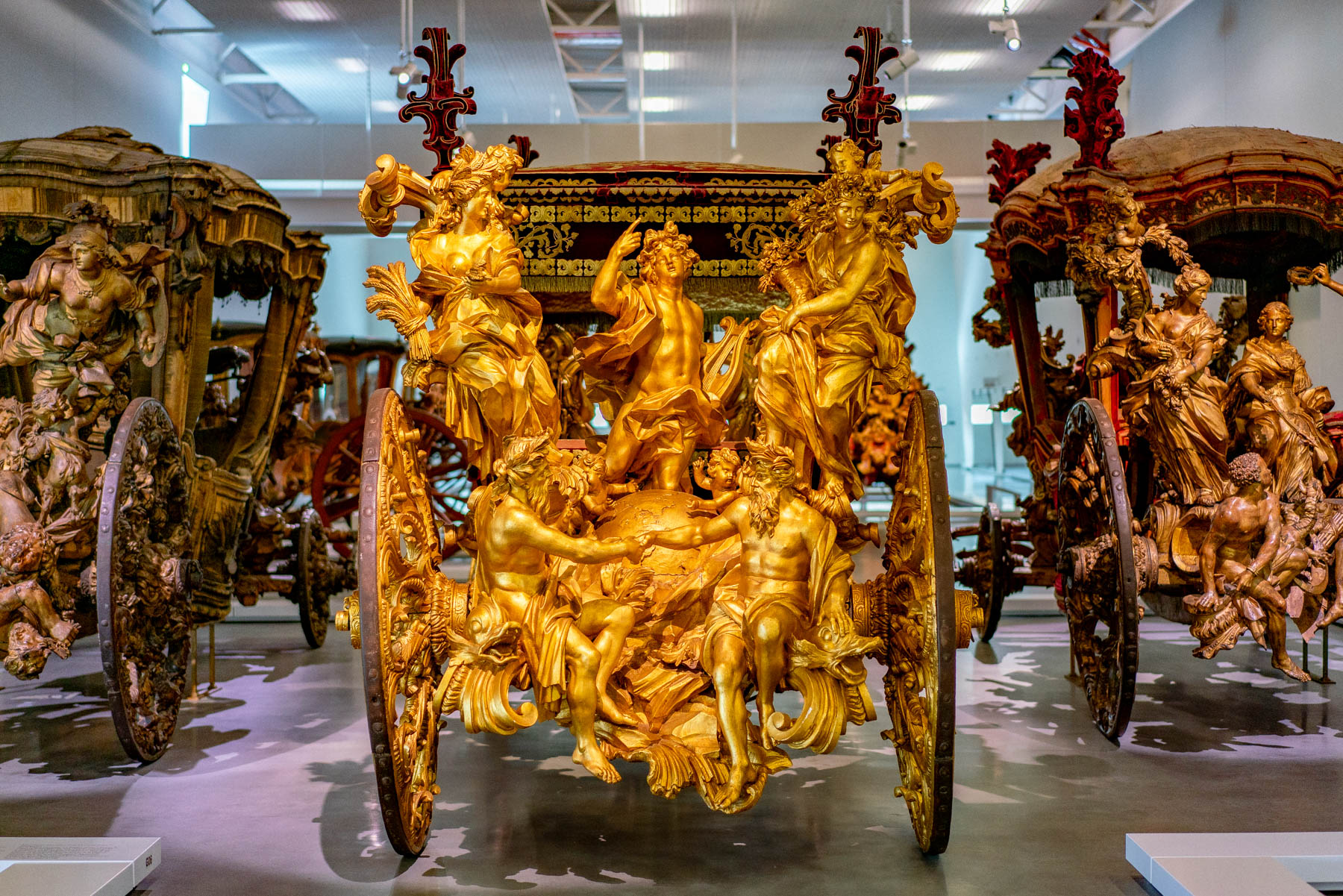
The musuem has more than 40 carriages on display but the one that steals the show, by a horse-drawn mile (I couldn’t resist!) is the golden-clad Coach of Oceans, which is mind blowing.
Apollo takes center stage, hand raised declaring the incredible feats of the Portuguese, alongside two female figures — Spring and Summer. In front of Apollo sits a globe encircled by two male figures (the Atlantic Ocean and Indian Ocean) shaking hands and symbolizing the passage of the Cape of Good Hope.
It’s a lot to take in, but I assure you, this is a masterpiece unlike any you’ve seen before. Which is exactly why I consider a visit to the National Coach Museum one of the best things to do in Lisbon.
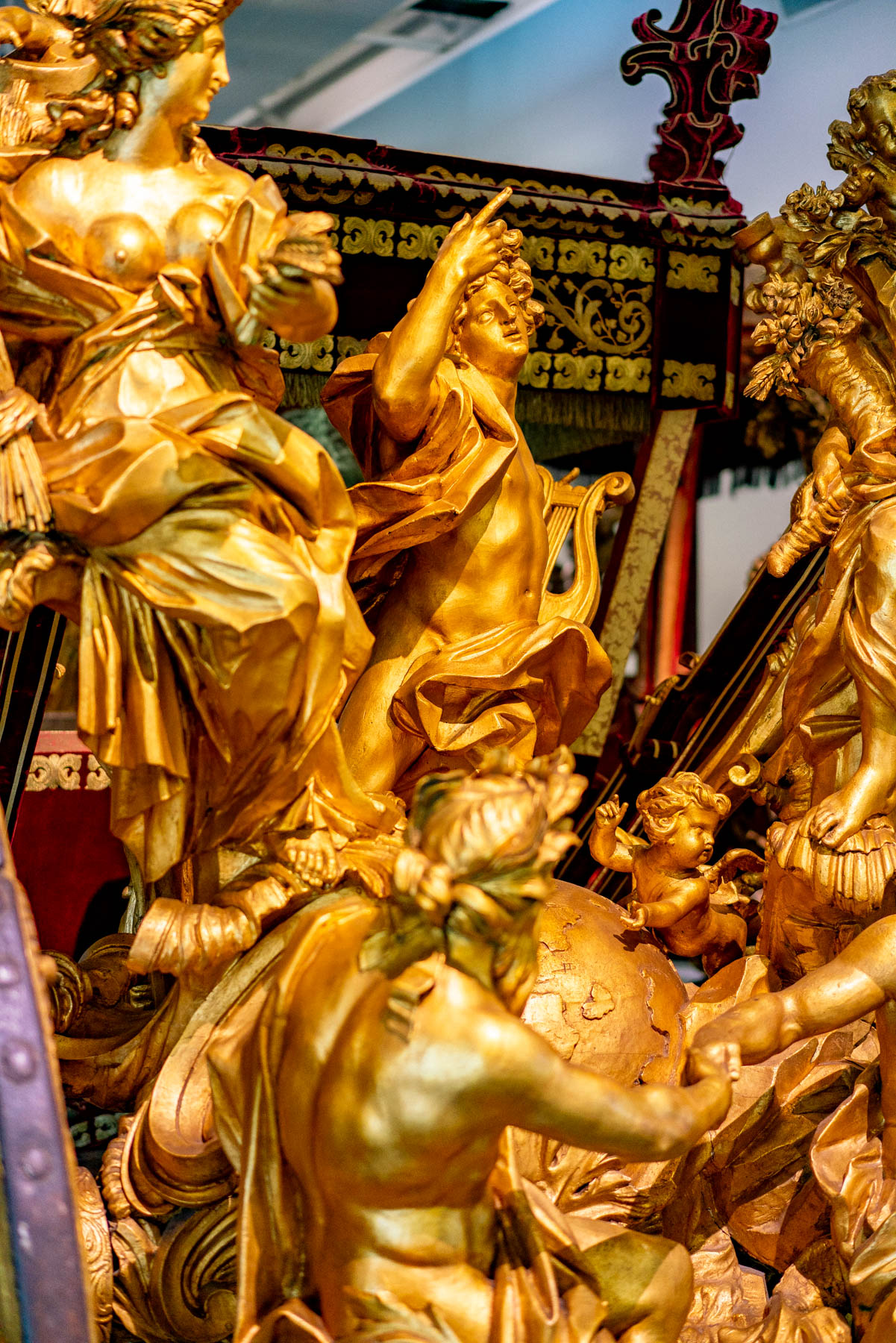
#9. Explore Lisbon’s Historic Downtown District (Baixa)
Teeming with lively restaurants and interesting small shops, Baixa is Lisbon’s charming historic downtown district. The area is clearly laid out in a grid and is well connected, so exploring is easy (either on foot or using public transportation).
While exploring Baixa, make sure to allocate an afternoon to Rossio Square. Built in the 13th century as a gathering place for locals, this remains one of the liveliest squares in Lisbon to this day. Park yourself at a nearby table and watch the world go by.
So if mingling with locals tops your list of the best things to do in Lisbon, look no further than this.
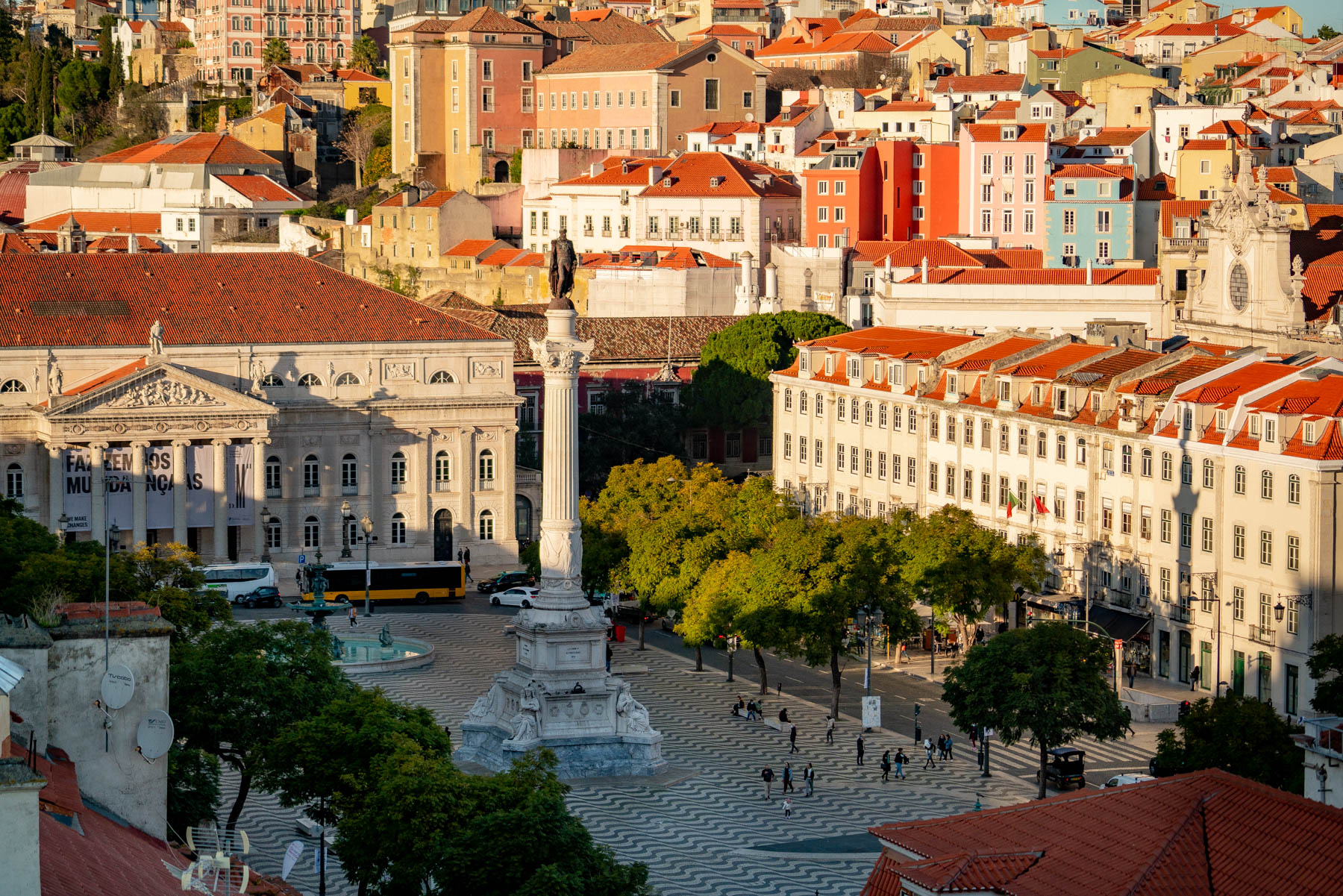
#10. Stroll Down Pink Street
The official name of this Instagram sensation is Rua Nova do Carvalho, but it’s more commonly called Pink Street.
It can be found in the heart of Lisbon’s Red Light District, which is now referred to as the Pink Light District.
To better understand why the Pink Street exists, it’s helpful to remember that Lisbon has always been a working port town. As such, working men would look for ways to blow off some steam after a hard day’s work.
Like moths to a flame, these working men would congregate in the Red Light District to gamble, drink and then some. But over time the city started to change and local officials sought to shed the reputation of this area by creating an attraction.
The solution? Paint the street pink. And you know what? It worked. New bars, restaurants and cafes started to fill vacant storefronts and the neighborhood became a cultural hub.
Today Pink Street is a very popular spot for bar hopping among tourists. In fact, it’s one of the top attractions in Lisbon during peak travel season — whether that’s a good thing or not is up to your discretion.
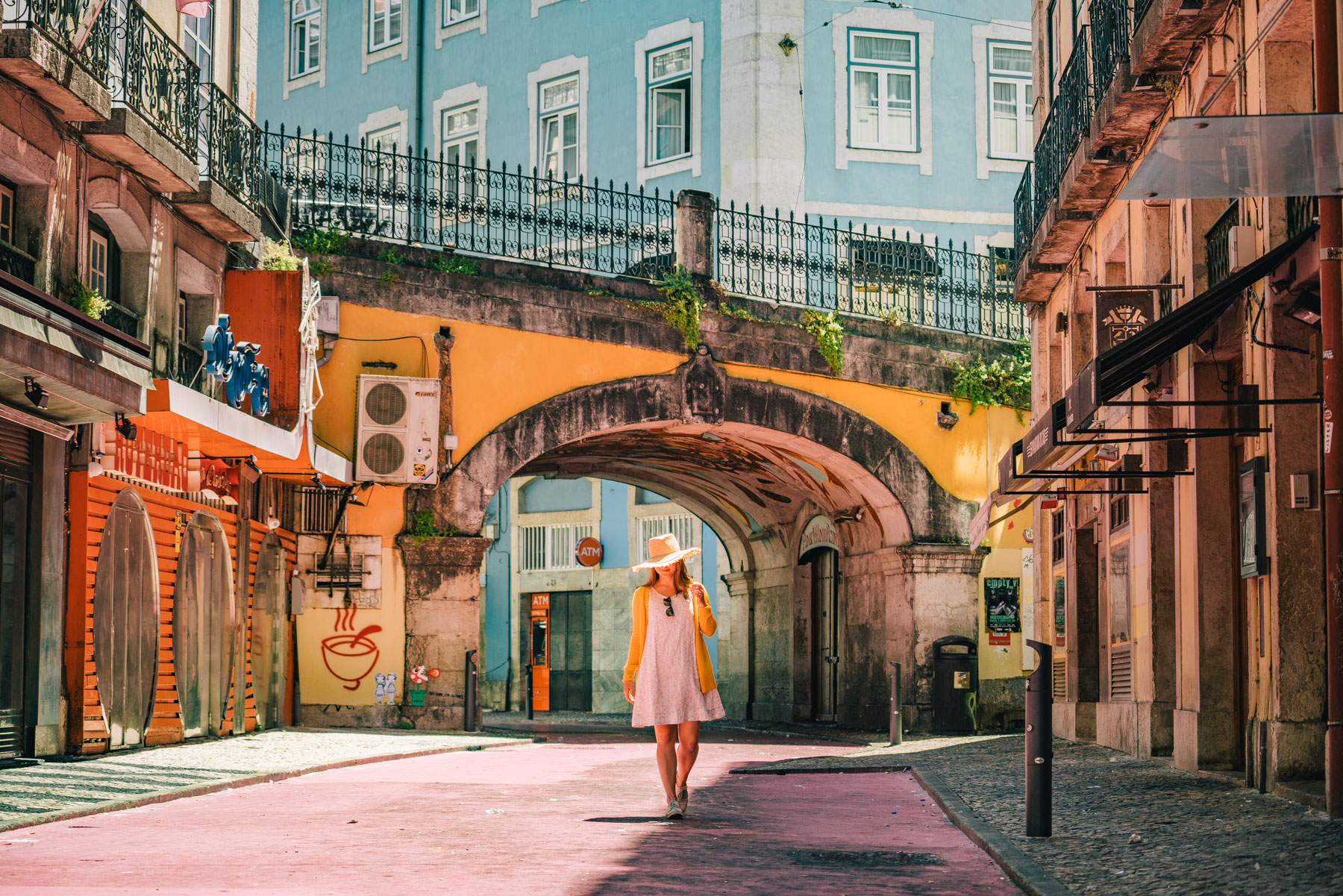
#11. Get Your Fill of Seafood While Visiting Lisbon
Like most port towns, Lisbon is renowned for its incredible seafood, especially cod and octopus.
But it gets even better, the prices are reasonable (especially compared to American prices). We had a plethora of octopus dishes and they averaged $15-20 each, a steal of a deal!
There’s two traditional seafood dishes I recommend trying in Lisbon:
- Bacalhau à Bràs: flaked cod mixed with scrambled eggs, thinly sliced potatoes, parsley, and black olives.
- Polvo à Lagareiro (translates to octopus in olive oil): cooked octopus served with cooked potatoes, drizzled lavishly with quality olive oil, garnished with garlic and cilantro. Chef’s kiss.

#12. Visit the Gulbenkian Art Museum
Visiting the Gulbenkian Museum is one of the best things to do in Lisbon for history buffs. The impressive private art collection spans 5,000 years and the modern building designed specifically for the musuem is a work of art itself.
The museum is named after Calouste Gulbenkian, an Armenian oil tycoon and avid art collector who amassed an impressive art collection over his lifetime. This is often considered one of the most exceptional private art collections in Europe.
Visitors can join a guided tour or pick up an audio guide when purchasing admission (10€ for the permanent and modern collection or 14€ if you’d like to see the temporary exhibits as well). We spent about two hours touring the museum and felt like we had adequate time to see everything without being rushed.
The museums is somewhat removed from the downtown core, so we decided to Uber over. Also worth mention, we practically had the entire place to ourselves.
For more helpful information about the museum, read here.
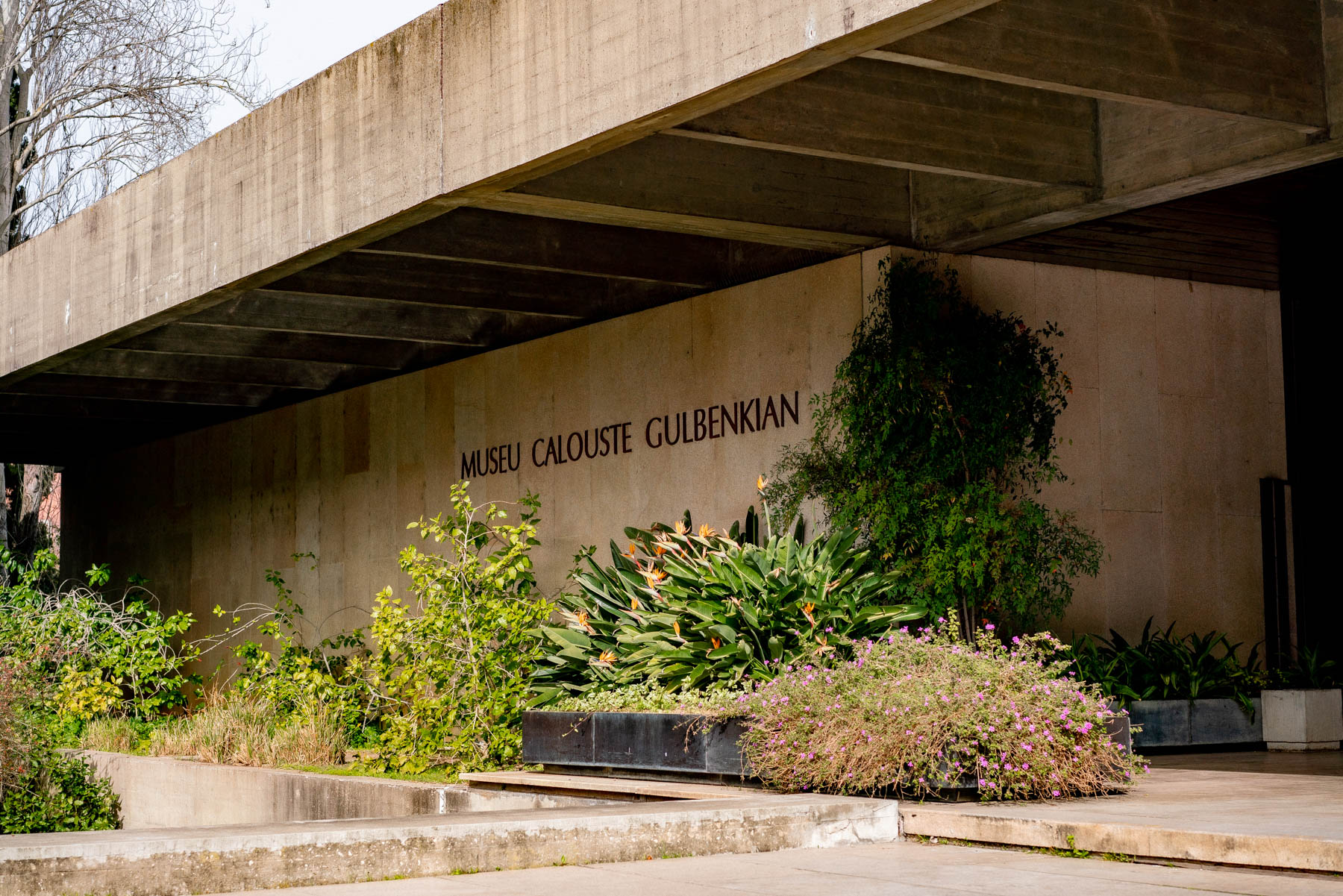
#13. Bike Along the Promenade in Belém
Belém is the Portuguese word for Bethlehem. Located thirty minutes from the city center, Belém is of the most historic districts in Lisbon. In fact, Belém was the starting point of many expeditions during the Age of Discovery.
Many of these expeditions directly contributed to Portugal’s wealth, which was used to build impressive buildings and structures. As such, you’ll find a high concentration of Manueline style buildings in Belém.
Since there’s so much to see and do in Belém, I suggest allocating half a day to explore. One of my favorite ways to explore is by biking along the promenade. But you can easily Uber over or take Tram 15.
Regardless of how you choose to get here, make an effort to see the monolithic monument called Padrão dos Descobrimentos. It was erected in 1960 to commemorate the 500th anniversary of Henry the Navigator, one of the most famous Portuguese icons in history.

#14. Visit the São Vicente de Fora Monastery
Sitting pretty in the heart of Alfma, the São Vicente de Fora Monastery is often regarded as one of the most beautiful buildings in Lisbon. Construction started in the 17th century atop a 12th-century church as a sign of change during the Christian reconquest.
Tons of tiles (and drama) later, the São Vicente de Fora Monastery stood tall against Lisbon’s skyline and made clear the times were changing. The monastery is dedicated to the patron saint of Lisbon, St. Vincent.
Today, this is considered one of the finest surviving examples of Mannerism style architecture. Boasting an interesting museum, the monastery is intricately decorated and open to the public for a mere admission of 5€. History buff or not, touring the inside is one of the best things to do in Lisbon.
The striking glazed tiles are worth the visit alone.
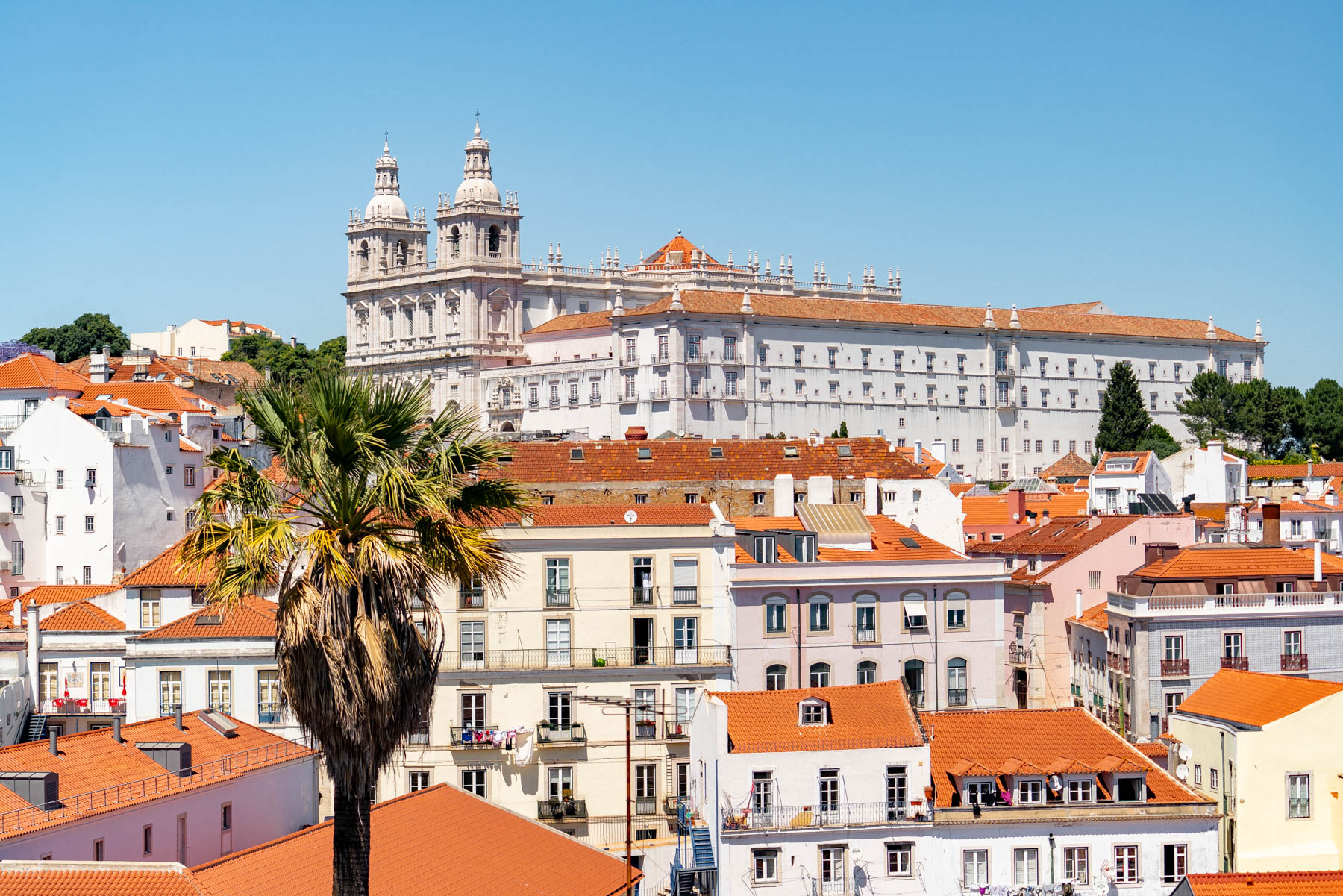
#15. Grab a Bite at the Time Out Market
The Time Out Market is a great food hall stuffed to the brim with the best vendors and restaurants in Lisbon. The place swells with tourists during the lunch and dinner hours, so expect long lines.
Even though I enjoyed my time at the Time Out Market, I must admit that the prices are steep and the noise level is high.
I think touring the Time Out Market is a great experience, and recommend it for first time visitors. But if you’ve seen it once, I suggest heading to a local restaurant for a bite.
Tip: Manteigaria (best pasteis de nata in Lisbon) is located inside the Time Out Market. The lines at this location are much shorter than the locations at the city center.
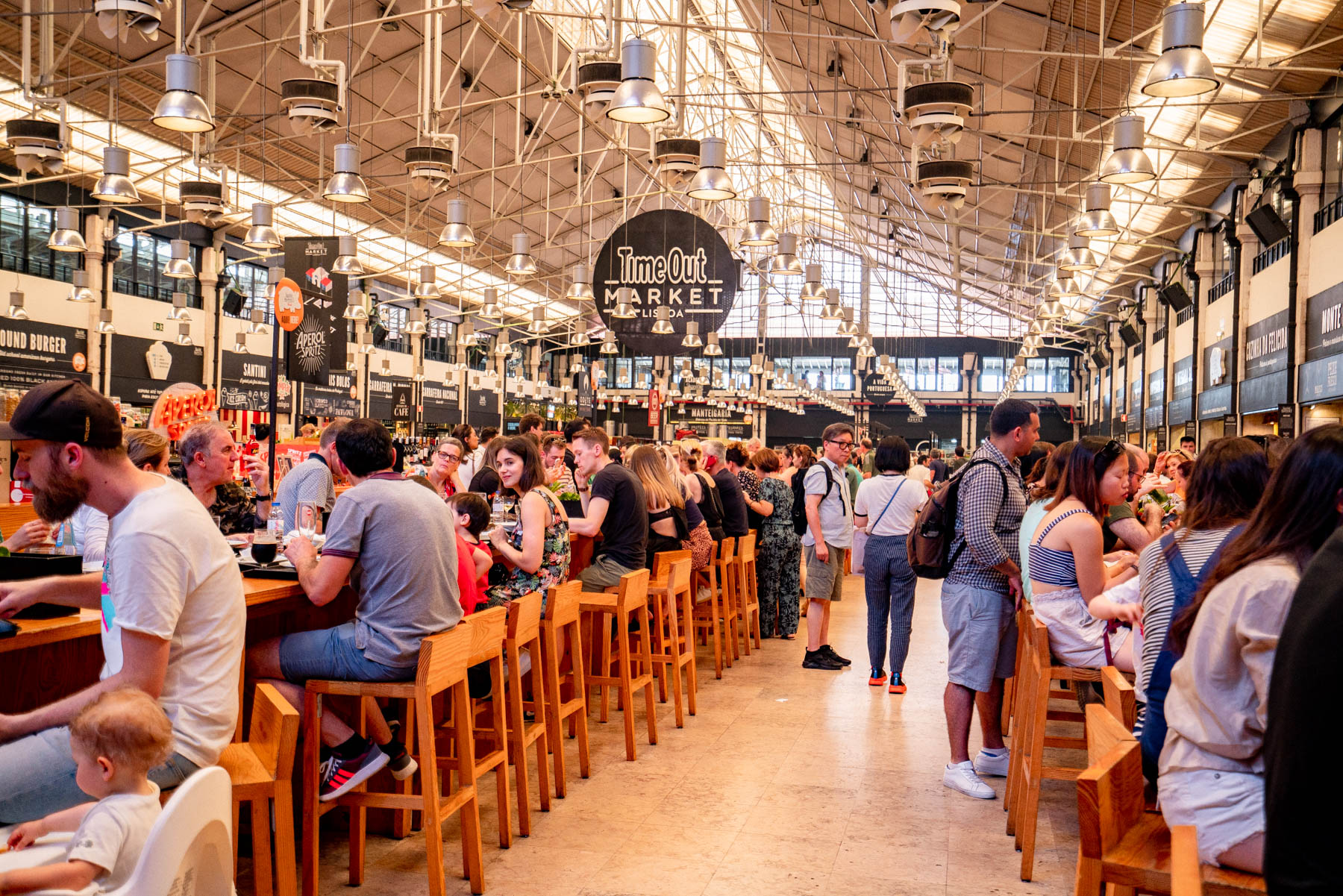
#16. Explore the LX Factory
Located in the hip (read: hipster) Alcântara neighborhood, the LX Factory seems to be the talk of the town. While visiting Lisbon last winter, we finally made our way over to see what all the fuss was about.
It’s an interesting outdoor space full of artsy stores, restaurants and cafes where warehouses used to be. By repurposing the space, the LX Factory attracts tourists from all corners of Lisbon and it was a fun way to spend half a day.
The star of the show is (undoubtedly) the Ler Devaar bookstore. It’s beautiful inside, but definitely smaller than it appears in photos.
Ripe for exploration day or night, the evening hours are the liveliest. One of the best things to do in Lisbon is to park yourself at an outdoor table, order a glass of wine and people-watching to your hearts content. If you’re lucky, you’ll get some live music from a nearby street performer.
Portugal is no stranger to stunning bookstore. In fact, the Livraria Lello in Porto is considered one of the most beautiful bookstore in the world. It’s on my list of the best things to do in Porto.
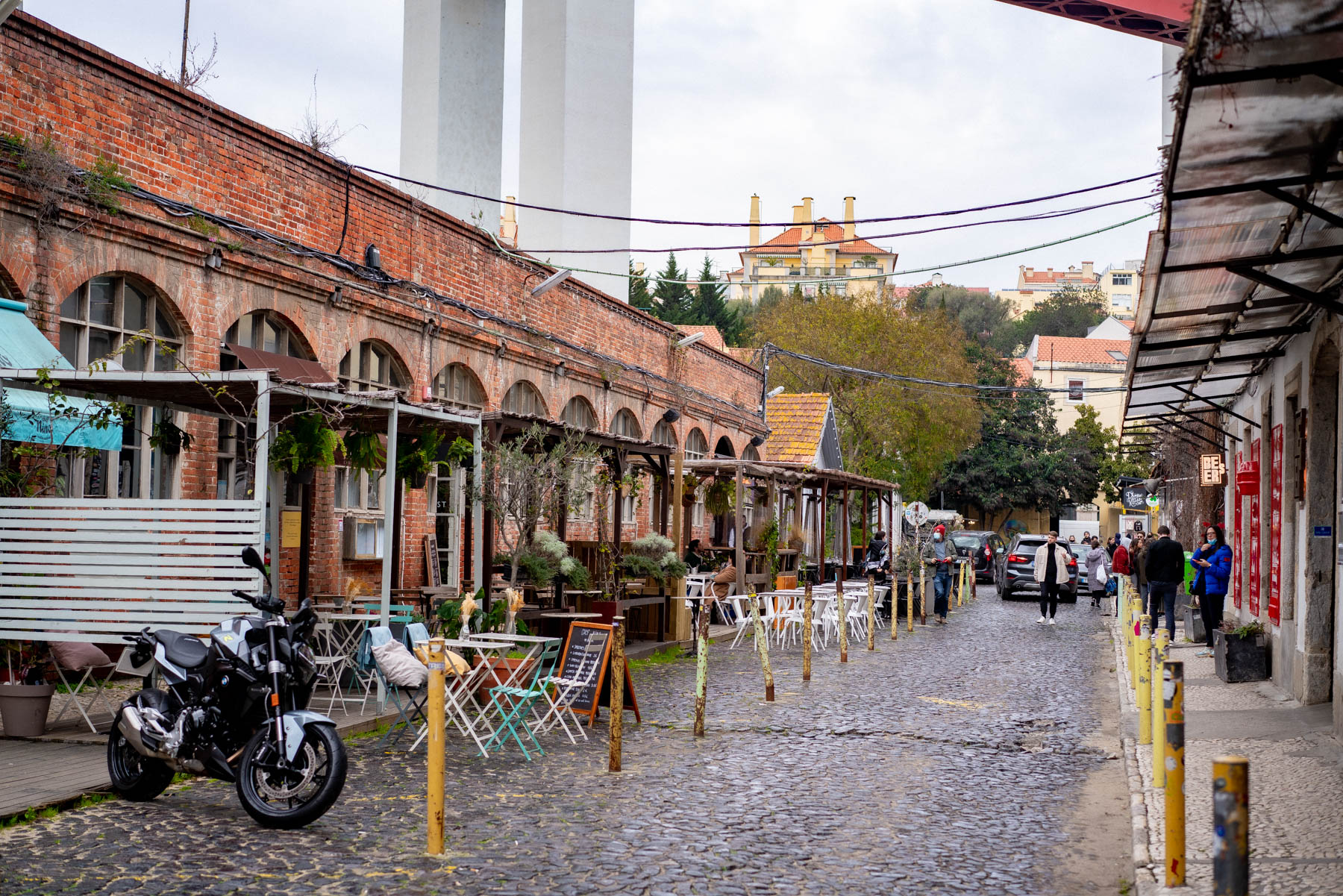
Where to Stay in Lisbon
Based on our personal experience, the two best areas to stay are Baixa and Chiado.
Baixa is a shopping district full of fun restaurants and big-name stores. We booked an airbnb in Chiado and our experience could not have been better. We were a mere three blocks from ten different bakeries and three gelato shops.
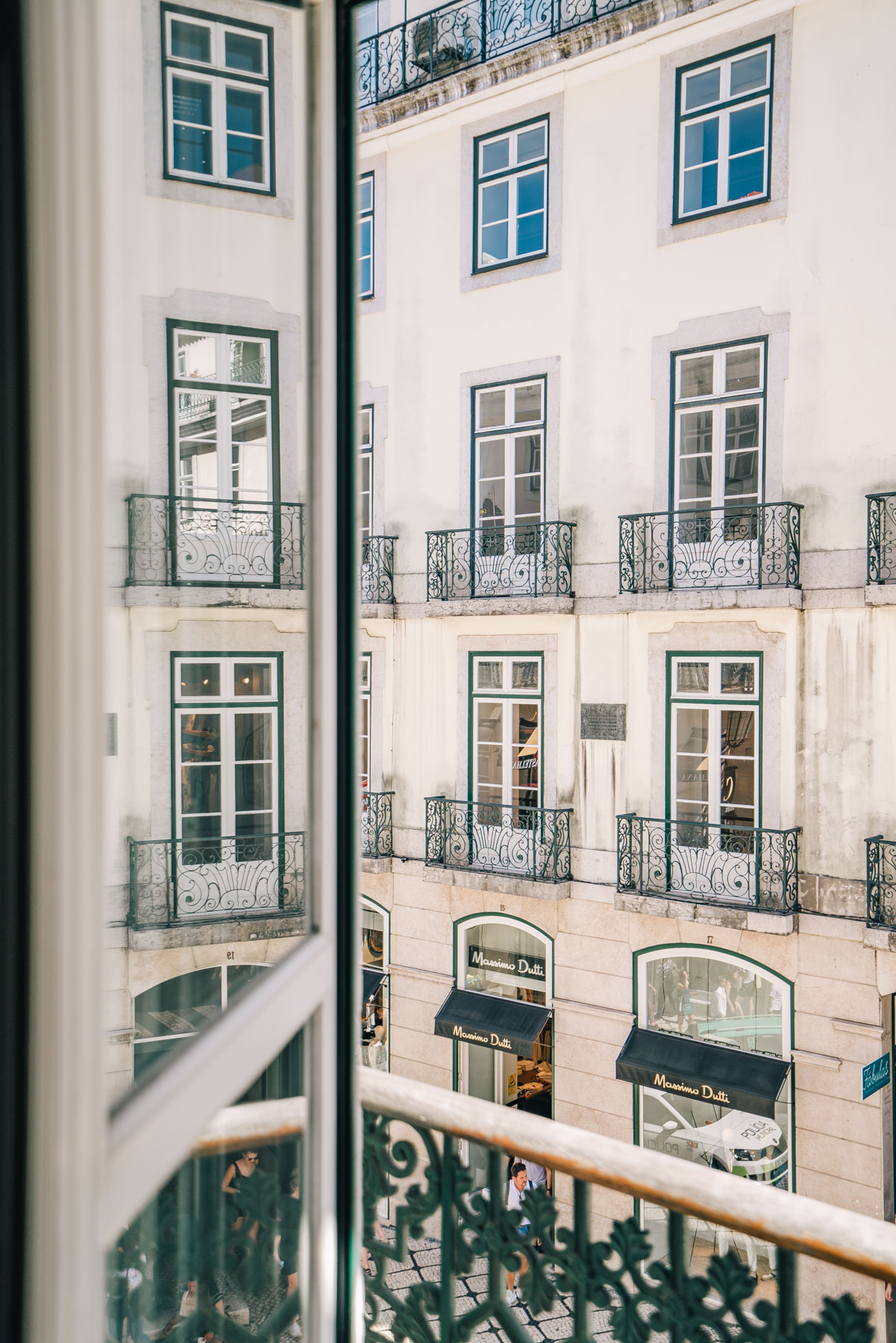
Helpful Tips for Visiting Lisbon
Credit cards were accepted at 90% of the places we went. However, it’s always handy to have some euros in your pocket. ATMs are easy to come by, especially in tourist areas. ATMs accept American bank cards, so pulling cash shouldn’t be an issue.
But remember this helpful tip: ALWAYS select the “euro” option when pulling money or paying at a restaurant. When you use the “USD conversion” option, there’s typically a steep upcharge from the credit card company (we learned the hard way).
For some reason, we couldn’t go a night without some middle-aged man approaching us and singing “marijuana, cocaine, hasish.” But as one local put it: you’re buying dried oregano, not marijuana.
We’ve had this happen a handful of times in other European cities, but it was happening daily in Lisbon. This mostly occurred in the evenings at main tourist attractions. A stern “no” was enough to end the conversation.
I mention this to give you a heads up, it wasn’t jarring so much as annoying. It wasn’t an issue for us. Heck, at this point, it’s a running joke between my husband and I.
Portuguese is the official language spoken in Lisbon, however, it’s very easy to get by using English. But you know the drill: A little effort goes a long way with locals.
Here’s a few words worth learning and using during your visit to Lisbon.
Hello = Ola!
Goodbye: Adeus
Please: Por favor
Thank you: Obrigada (feminine), obrigado (masculine)
Yes: Sim and No: Nao
Honestly, getting the Lisboa Card is a no-brainer, we buy it every time we visit Lisbon.
Visitors have the option of purchasing a 24 hour, 48 hour or 72-hour pass that covers unlimited rides on the Metro (trams, buses, trains).
There’s three places to buy the card: The Lisboa Welcome Centre, Lisbon Airport and Foz Palace.
FREE admission to 35 museums (some of which are included on this list), Fast Track privileges, and additional discounts.
It’s been said that the original pastel de nata originated in the town of Belem. And so the story goes: monks from Jerónimos Monastery (which I’ll cover shortly) didn’t want to waste the egg yolk left over after the eggs whites were separated to starch clothes.
The monks came up with a perfect recipe that they kept secret for many years before decided to sell it to the local bakery. That place is called Casa Pastéis de Belém and only the pasteis de nata coming out of this joint are allowed to be called Pastéis de Belém.
Side Note: I later learned that many Portuguese pastries originated in monasteries because of the abundance of egg yolks. I tried a handful of delicious custard-forward treats in Porto and was told they were invented by clever nuns many years ago. Go figure!
The best time to visit Lisbon is in the spring. The trees will be blooming and the temperatures will be mild, making it perfect to explore the city on foot.
The second best time to visit Lisbon is the fall. Much like spring, temperature are mild and there won’t be as many crowds to compete with.
Visiting Lisbon in the winter is another great option. Typically sunny, the temperatures will be on the cooler side, but still management.
Visiting Lisbon in the summer is also a good idea, but the temperature will be hot and being outside won’t be as enjoyable. Plus, summer is peak tourist season in Lisbon, so crowds are all but guaranteed.
One of the most common questions I get asked is if Lisbon is tourist friendly. Absolutely! Lisbon’s popularity has sky rocket over the past 5-10 years. No longer a hidden gem, the city is very popular on social media and makes appearances on “Must Visit European Cities” lists seasonally.
The popularity has come with growing pains. The price of housing has gone up substantially and everyday expenses are slowly rising. As such, it’s easy to assume that locals would come to resent tourists, but that hasn’t been our experience.
In fact, the locals in Lisbon are some of the kindest we’ve come across. From the uber driver that kissed us on the cheek when thanking us for visiting to the waiters at restaurants that willingly shared their favorite local lunch spots. We found our experience visiting Lisbon was greatly amplified by the kindness of the Portuguese people.
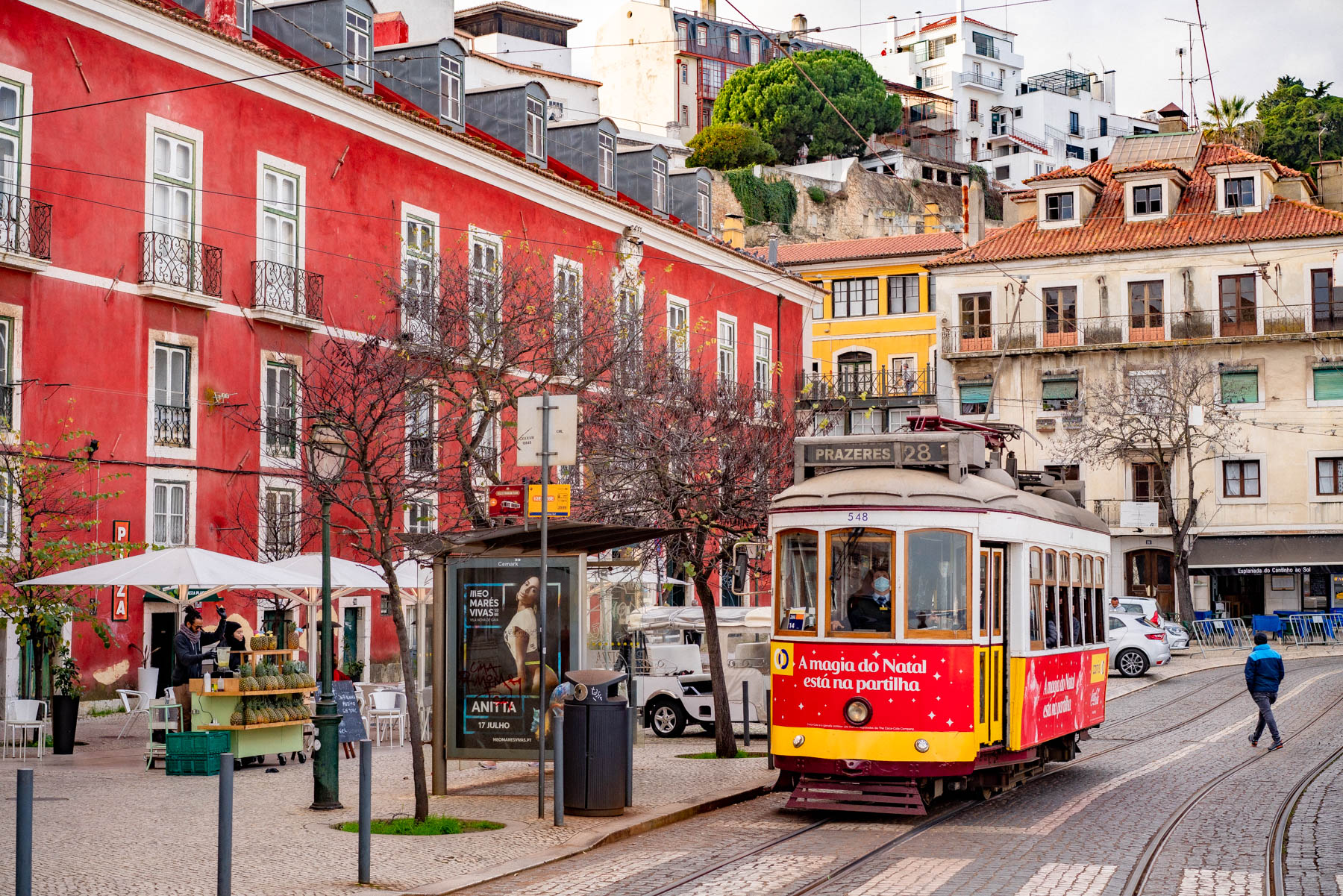
Restaurant Culture While Visiting Lisbon
Length of the meal
- Okay, one of the things that surprised me most while visiting Lisbon was the (intentionally) slow service at restaurants. Some of our meals lasted up to 4 hours, I kid you not.
- Turns out slow dining is the norm in Lisbon. The waiters don’t rush you and you can easily spend 2-4 hours eating. We also had to initiate a request for the check, it wasn’t automatically brought over during a single meal, so heads up!
The couvert
- Like most European cities, most Lisbon restaurants offer small appetizers (usually bread and olives) at the start of the meal. These small appetizers are called couverts and get brought out shortly after you get seated.
- Typically the cost of the couvert is anywhere from 1,50€ to 3,50€ (could be higher at fancy places). You have the option of politely denying the couvert when it is brought out to you, but if it’s placed at your table you will be charged for it. Personally I enjoy the coverts and seldom reject them – ha!
Dinner is a late affair
- The Portuguese typically eat dinner around 7pm or 8pm. As such, most restaurants don’t open until 7pm. Indeed, the majority of restaurants close down between lunch and dinner service, which means you might have a hard time finding food between 3pm and 7pm, plan accordingly.
- This was a challenging adjustment at first because we found ourselves hungry around 5pm. However, once we found the groove, we were better able to prepare by purchasing light snacks before the dinner. Heads up!
Great Lisbon Earthquake (Story Continued)
As promised, let’s get into the details of the Lisbon earthquake.
I mention the earthquake a lot in this post of the best things to do in Lisbon. I do so because the historic attractions in Lisbon are directly tied to it. Indeed, locals still talk about the earthquake as if it happened in their lifetime — our Uber driver spent twenty minutes regaling us with stories from that day.
Buildings collapsed, people died (12,000 – 50,000 estimated) and most of the city was completely leveled. What’s worse, the 7.7 magnitude earthquake occurred on All Saints Day — most churches and homes boasted lit candles (imagine).
When the earth stopped trembling, the fires engulfed what was left and the subsequent tsunamis (I promise I’m not making this up) further destroyed the rest. All told, the nightmarish event raged through Lisbon for five full days.
The cumulative effects of these unfortunate events uprooted the Portuguese spirit. Portugal, revered for a bold discoverers, found itself littered in ashes. Palaces, churches and libraries ablaze — centuries of art, writings and discoveries forever lost.
The king himself left the city and took up residence on the outskirts of town. Forever haunted by the devastation, he developed claustrophobia and ardently refused to live in a walled building ever again. True to his word, he moved the royal court into a city of tents. A city of tents, people!
So yes, the great earthquake is worth knowing about before visiting Lisbon. It is weaved into the fabric of the people of Portugal and influences everything left standing. The video below does a great job depicting the devastating event.
Best Things to Do Lisbon, Portugal (Post Summary)
- Find a miradouro
- Sample bites at the Time Out Market
- Monastery of Jeronimos
- Explore Belem Tower
- Have a traditional Portuguese meal
- Elevador de Santa Justa
- Bike along Parque das Nacoes
- Visit the Gulbenkian Museum
- Explore Bairro Alto & Chiado
- Eat pastel de nata
- Eat all the seafood!
- Experience Fado
- Take a break at the Praca do Comercio
- Take a stroll down Pink Street
- Try green wine
- Explore the historic district, Baixa
- Explore Sao Jorge Castle
- Get lost in Alfama
- See Tram 28
- Visit Lisbon Cathedral
- Visit the National Coach Museum
Map of the Best Things to Do in Lisbon
Enjoyed the post? Spread the love!


I’ve pored over lists outlining the best things to do in Lisbon and made sure to visit them all during my first trip to Lisbon. In doing that, I’ve been to all the top tourist attractions, have eaten at the most recommended restaurants and ate my way through traditional Portuguese cuisine.
After checking everything off the list, I started to discover the quieter local gems that don’t typically make it on a “proper” Lisbon itinerary for most rushed travelers. I hope you found this list helpful.
Cheers!
Antonina
Best things to do Lisbon, Lisbon best things to do, What to do in Lisbon, top Lisbon attractions, best things to do Lisbon, fun things to do Lisbon, best things to do Lisbon, cool things to do Lisbon, Lisbon things to do, Unique things to do Lisbon
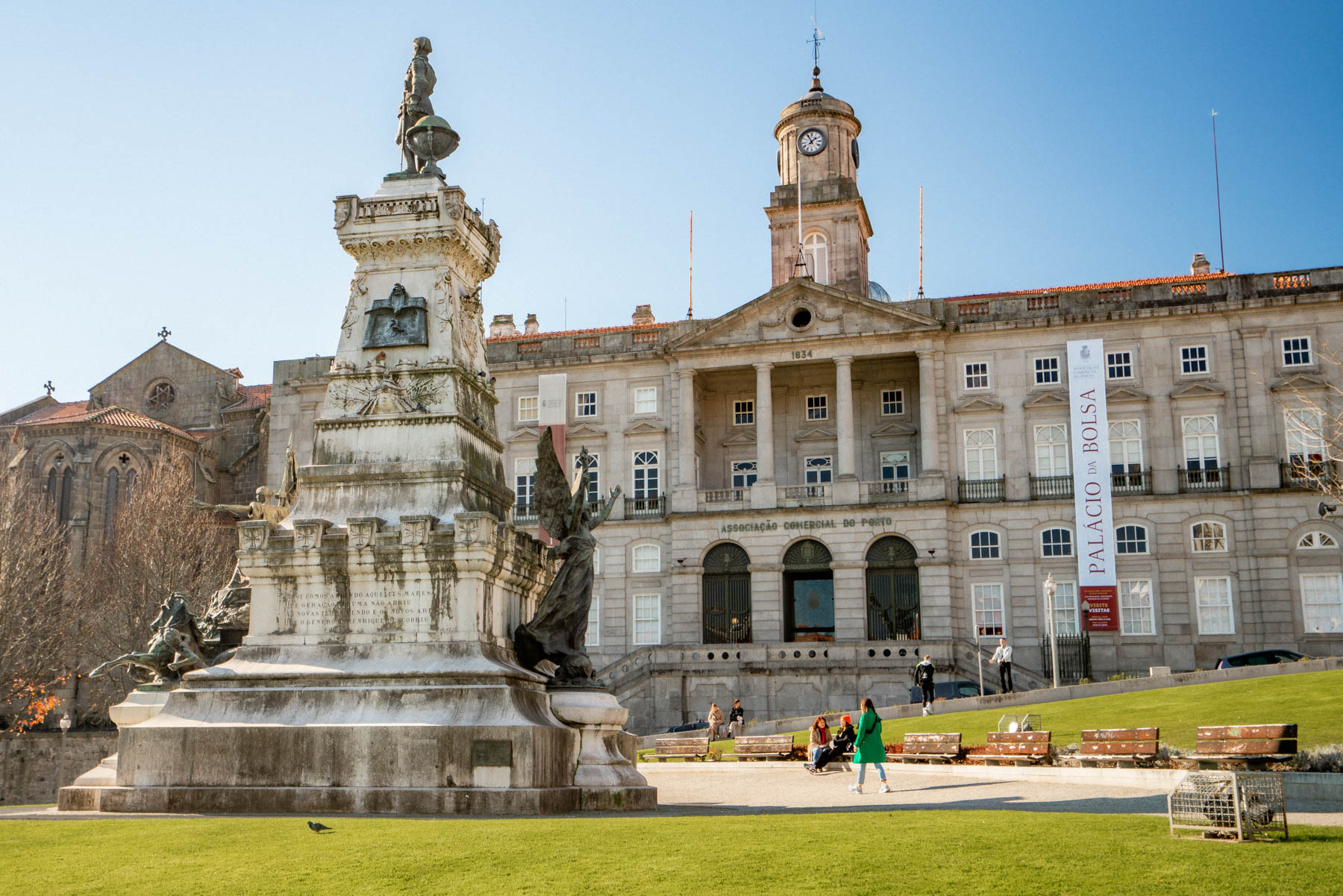



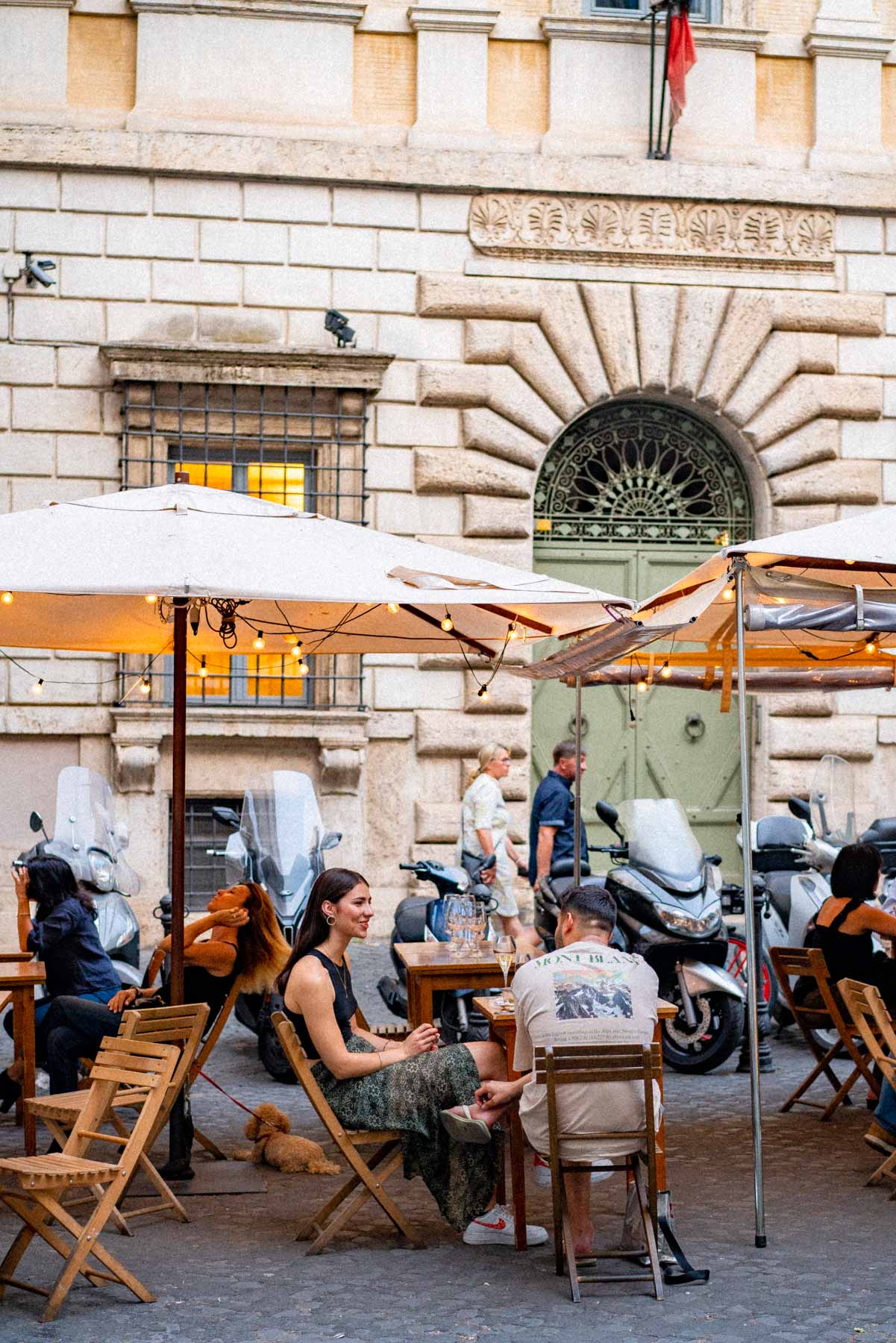
I visited Lisbon a month ago and fell in love. It is such a beautiful city!! I went to Casa Pastéis de Belém, those were the best pastéis de nata I ever ate!!